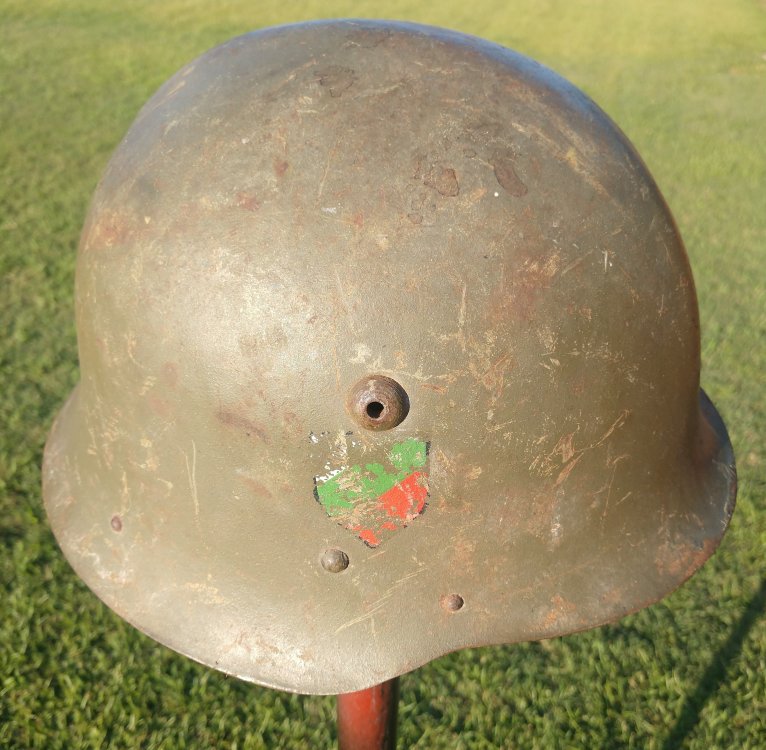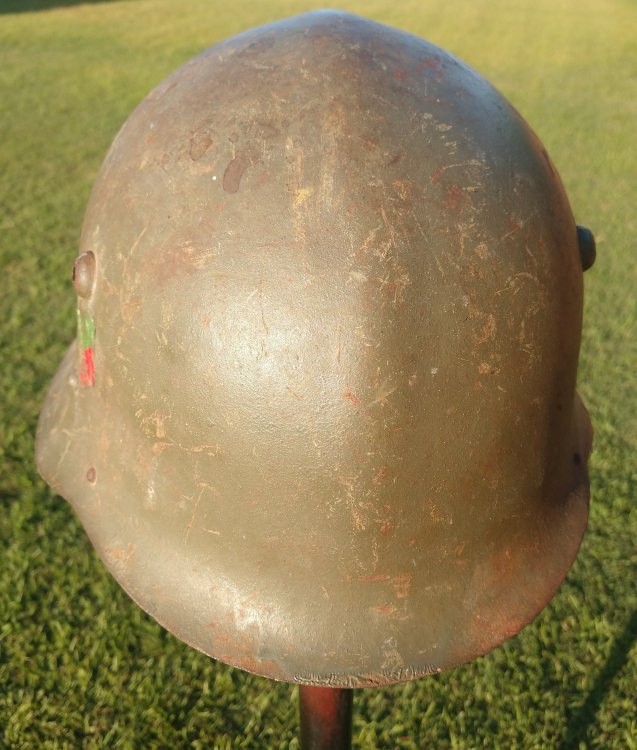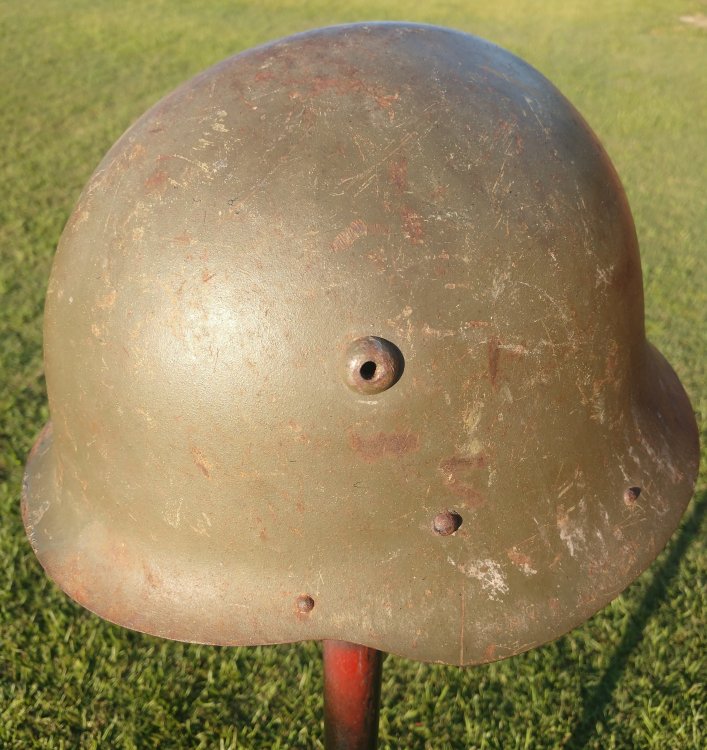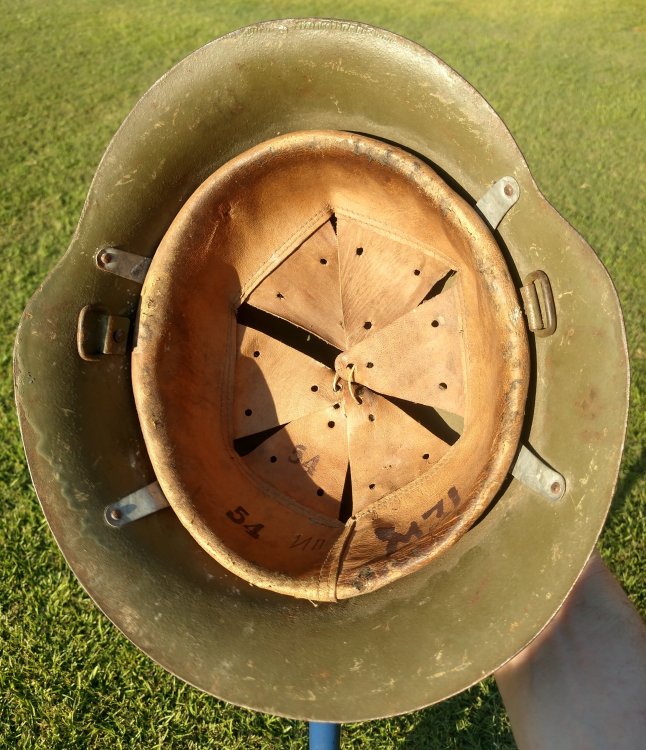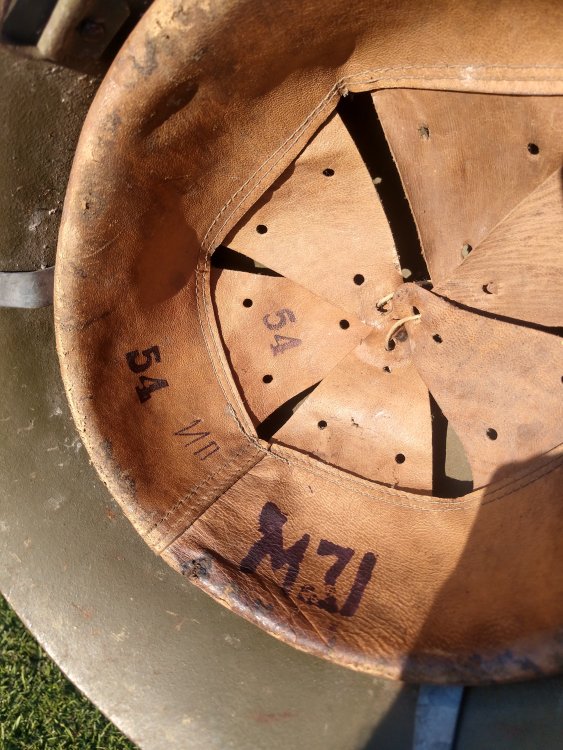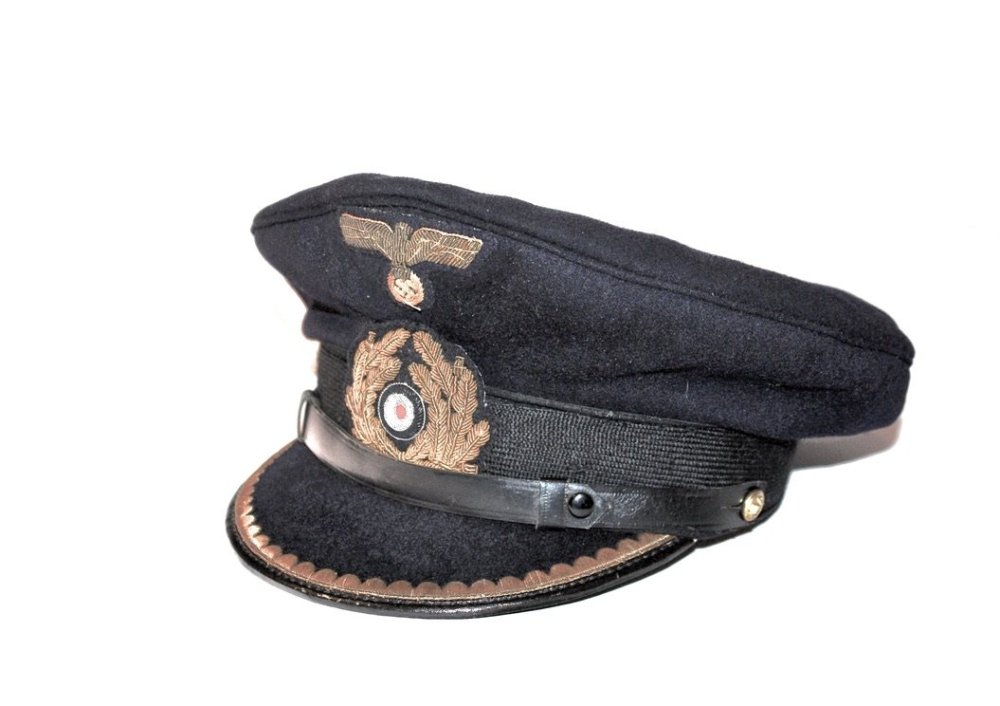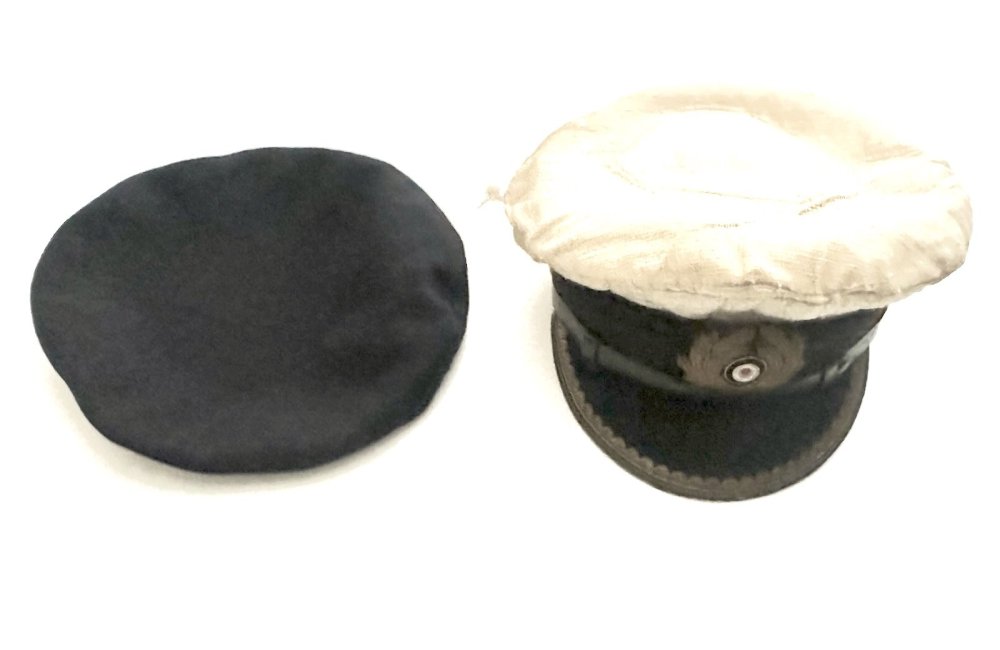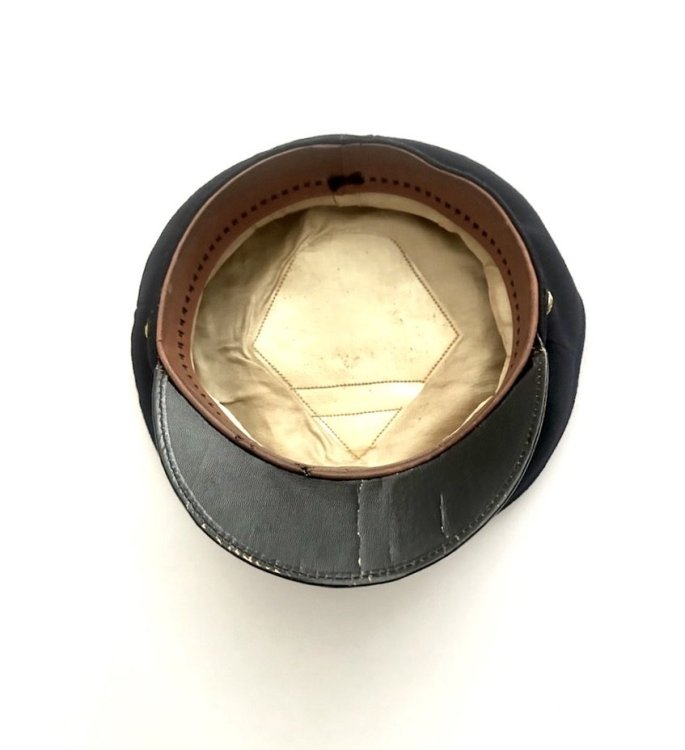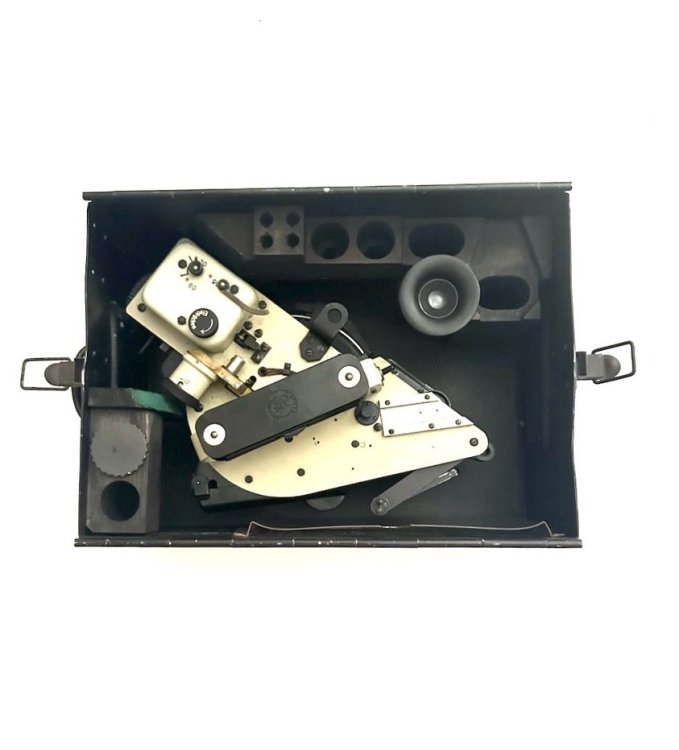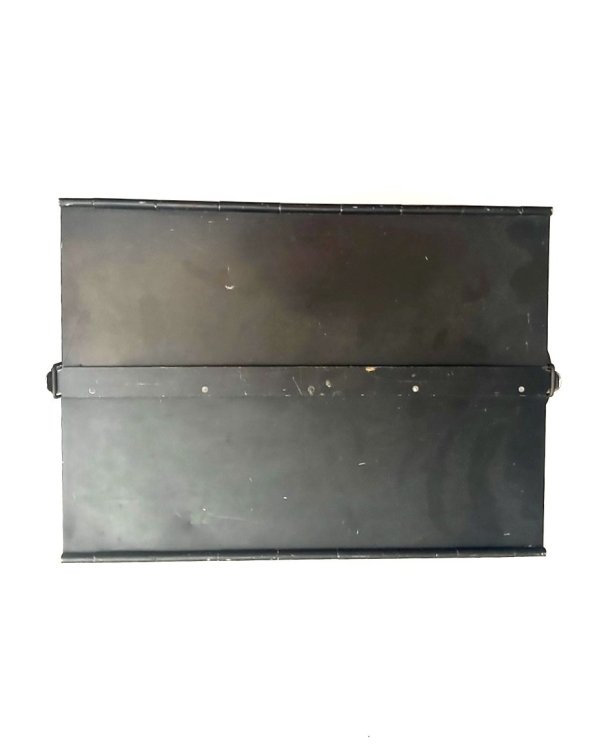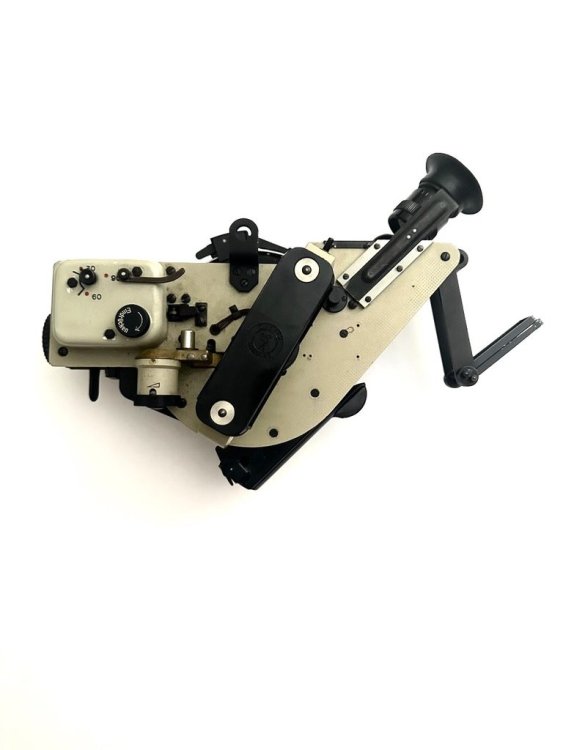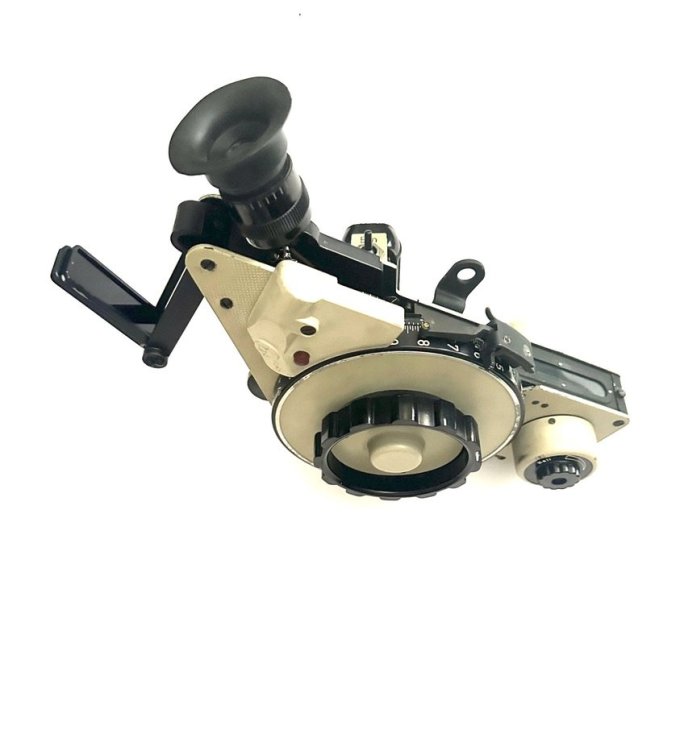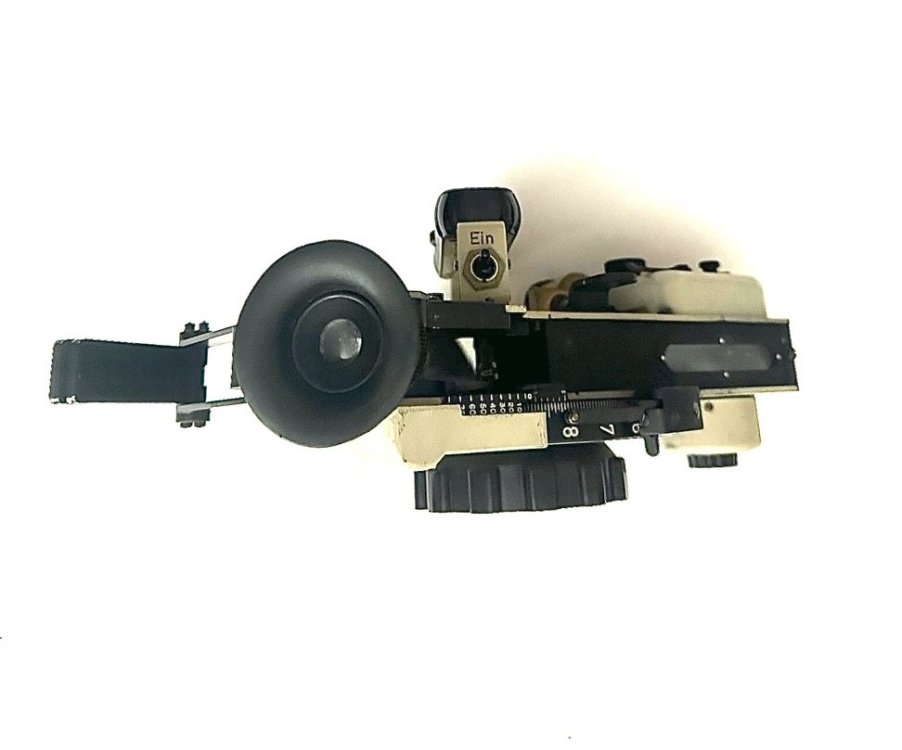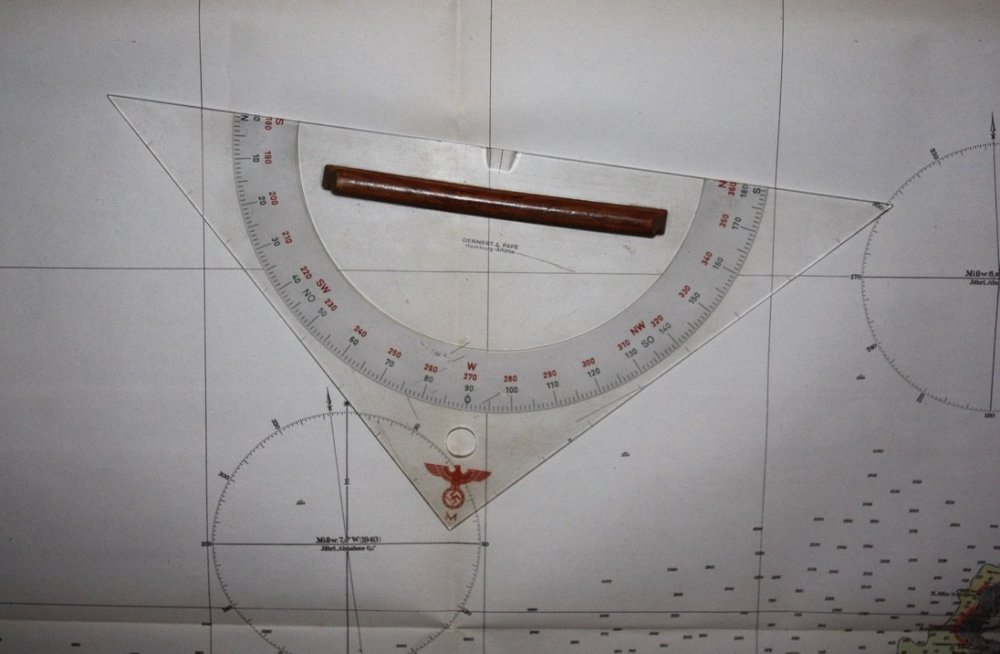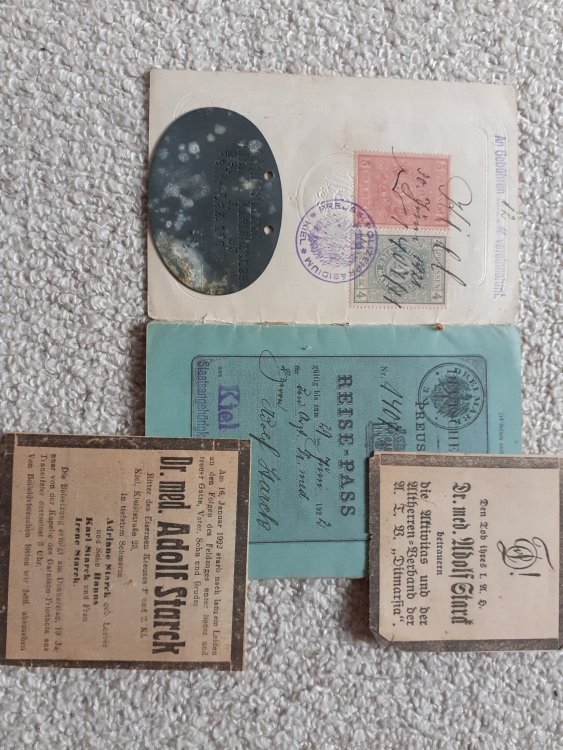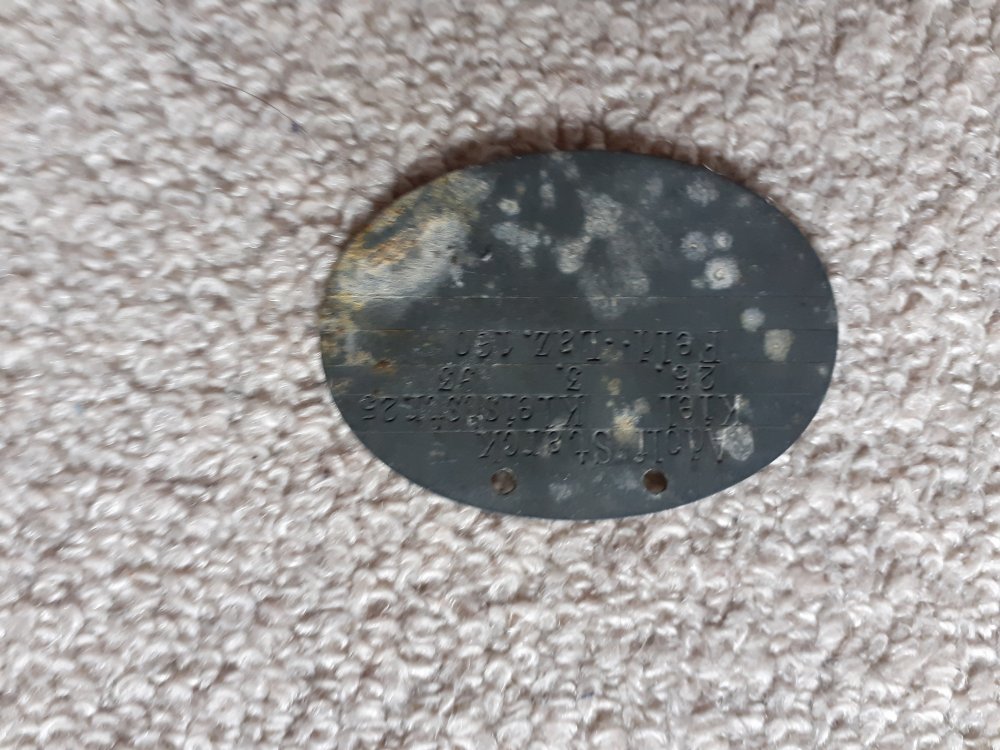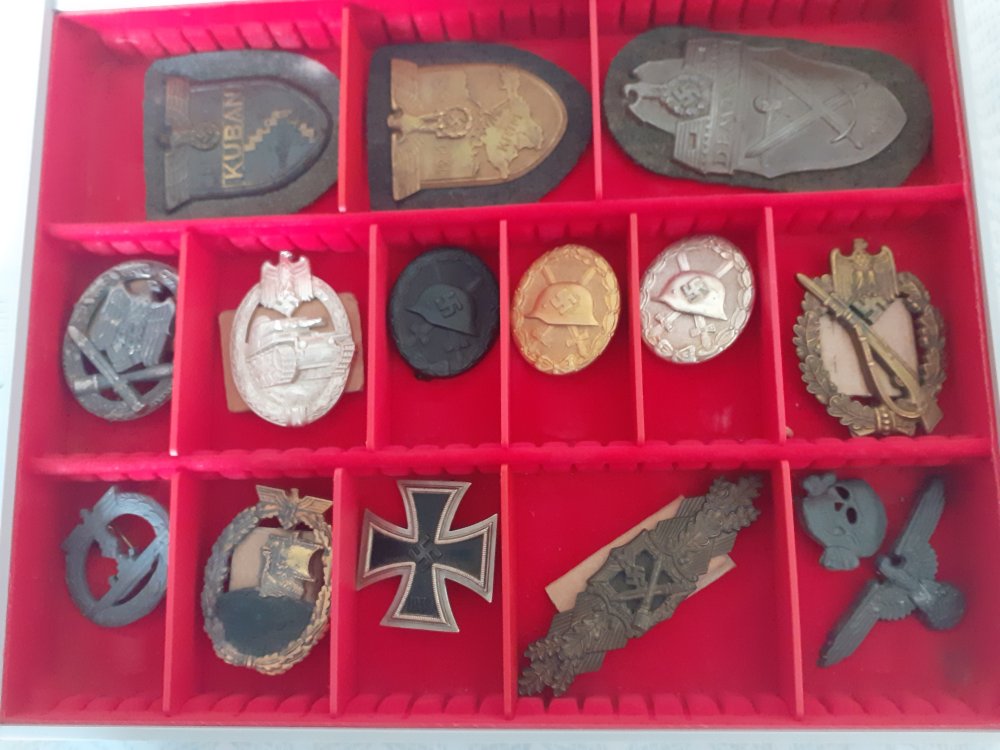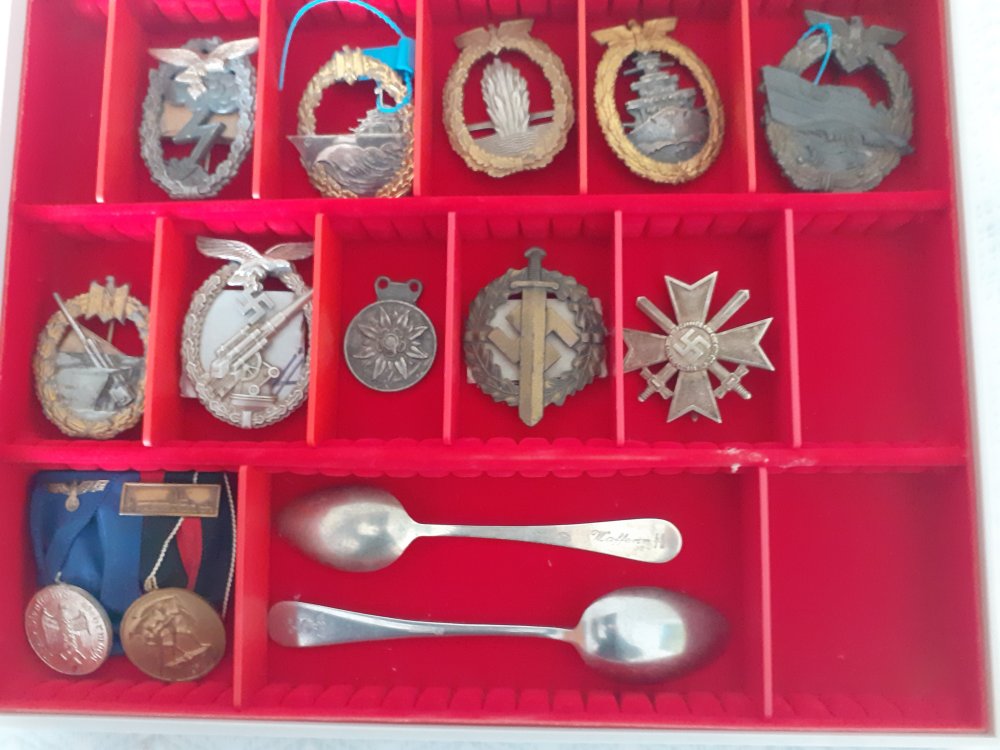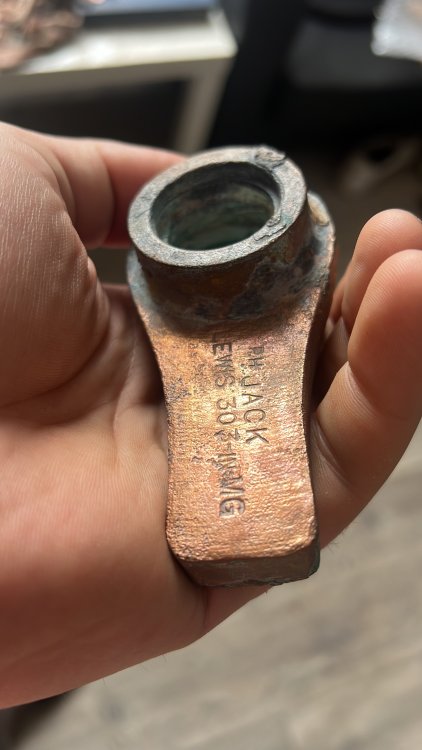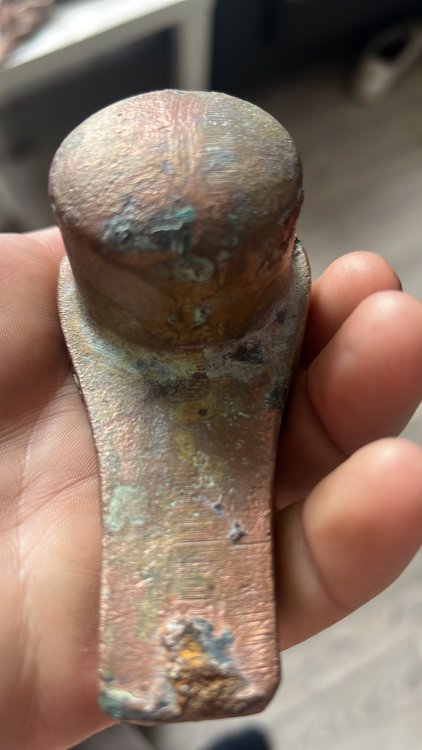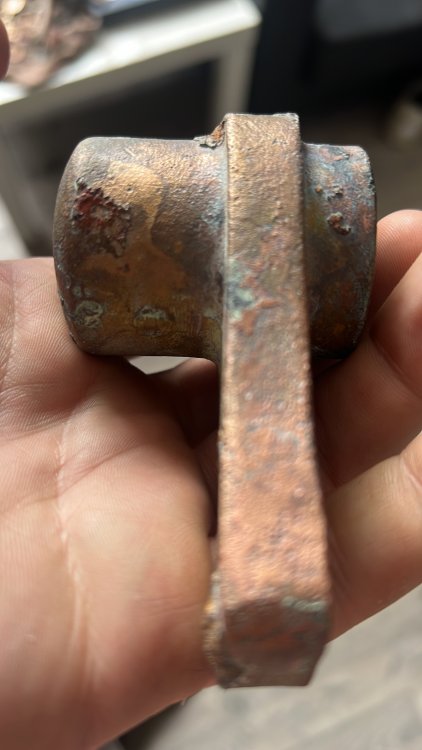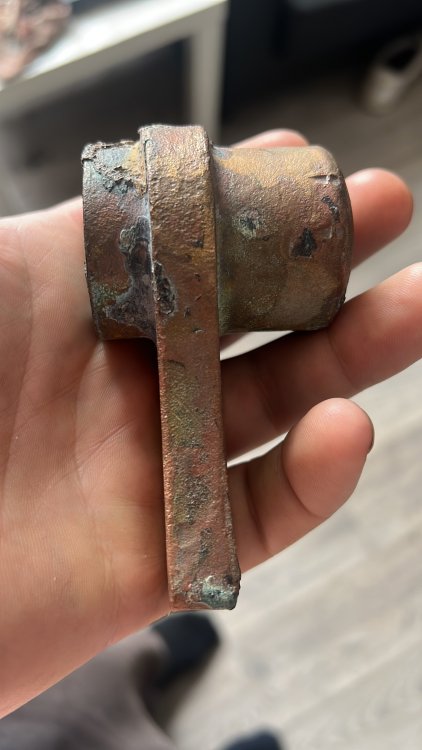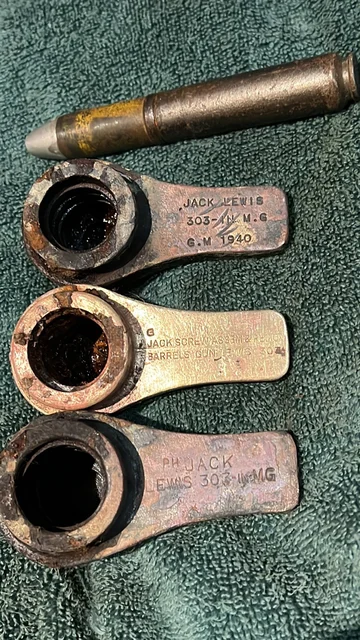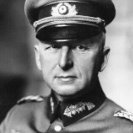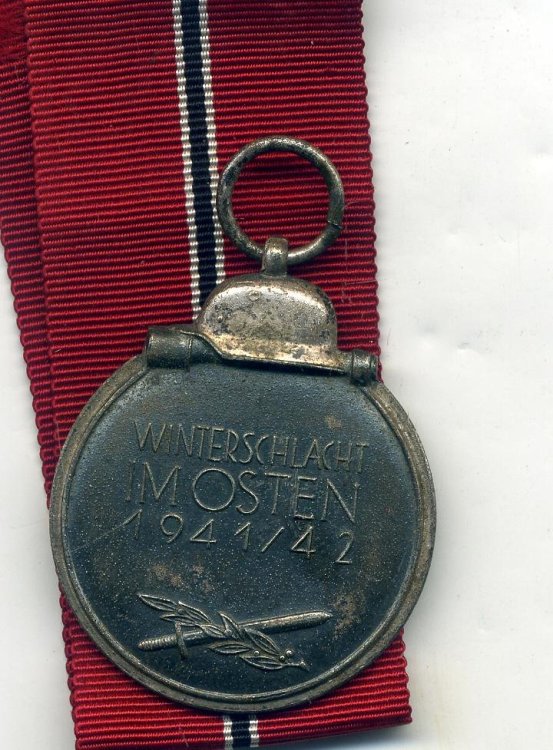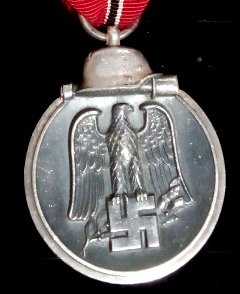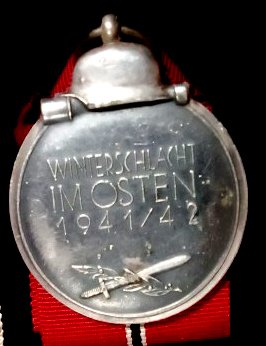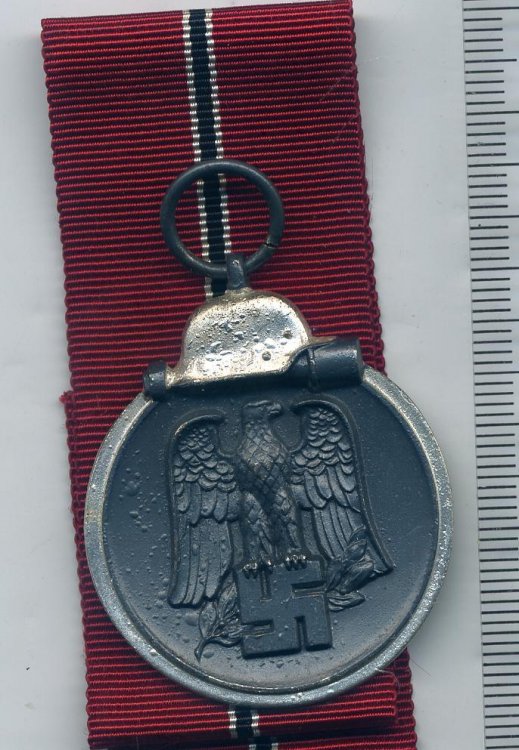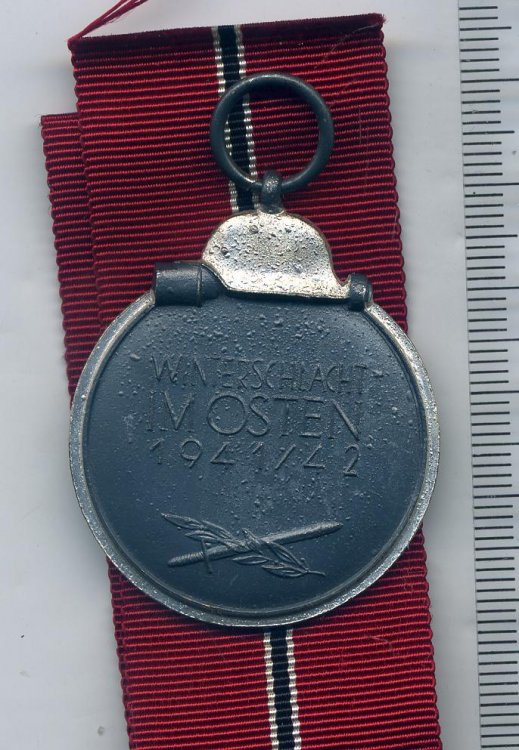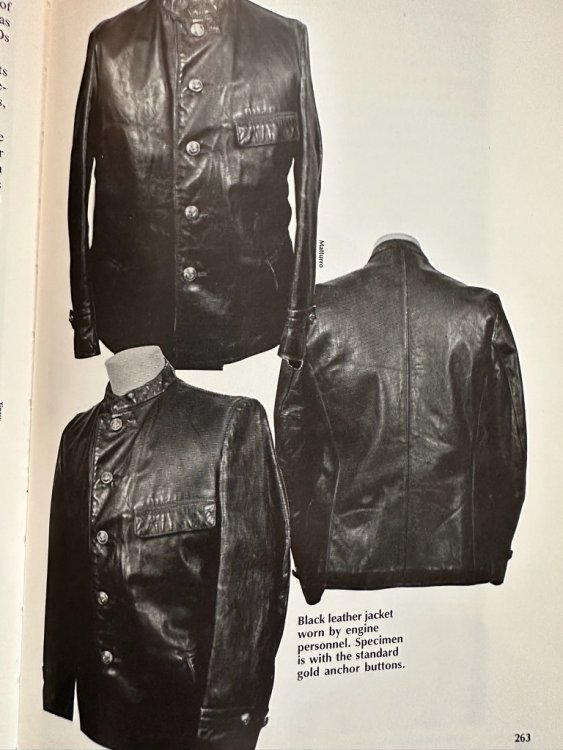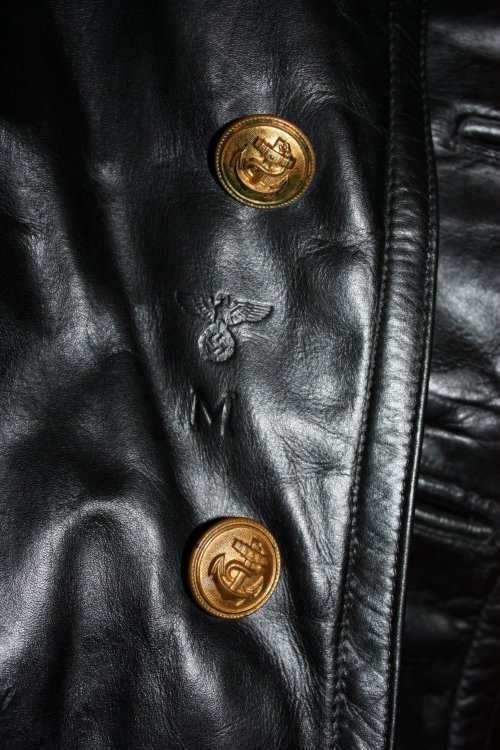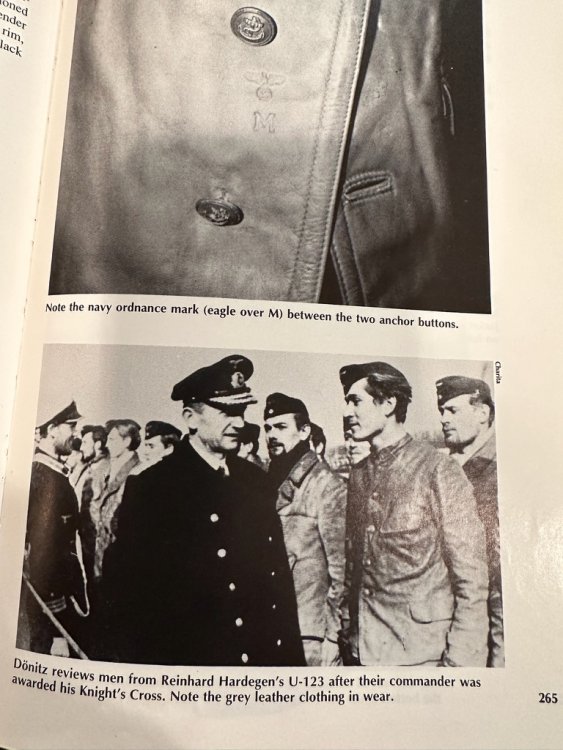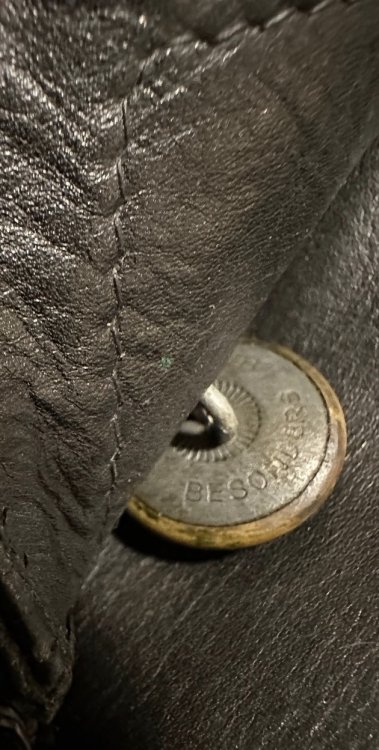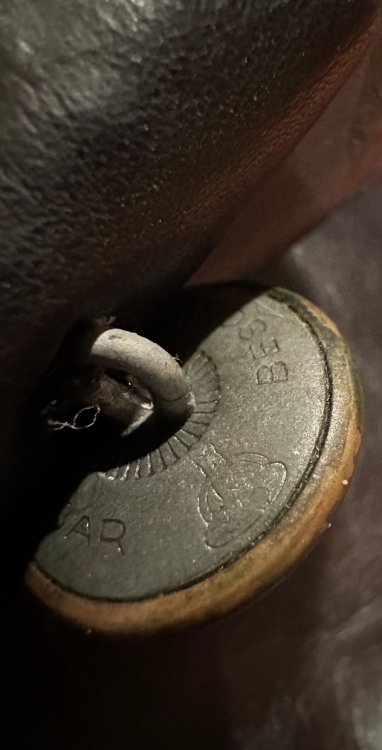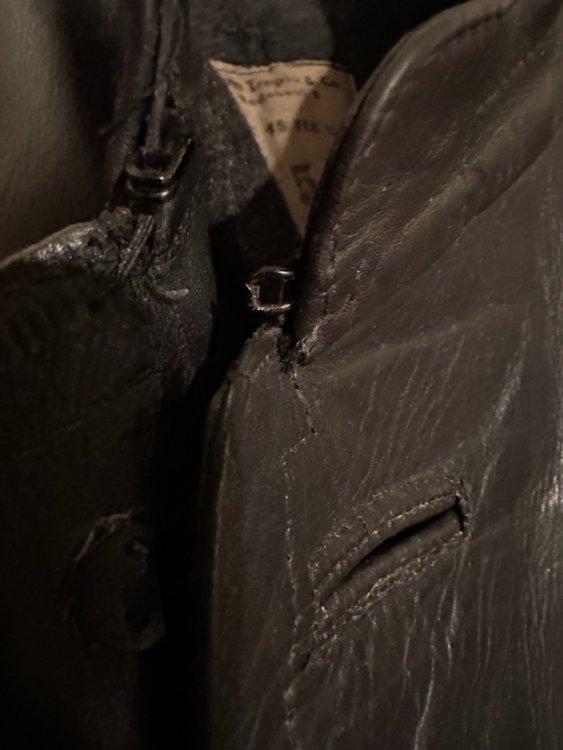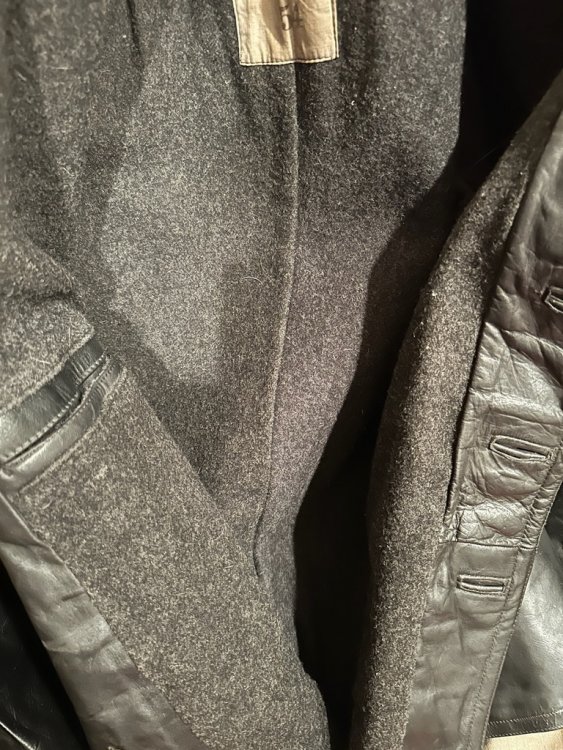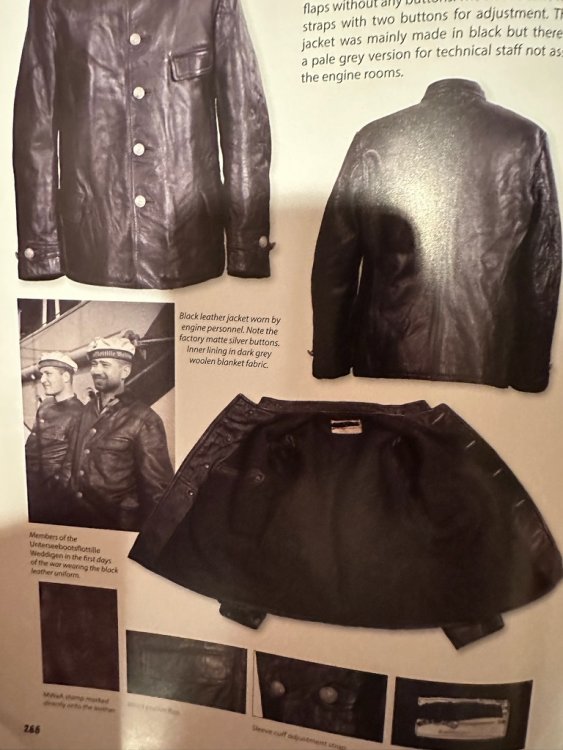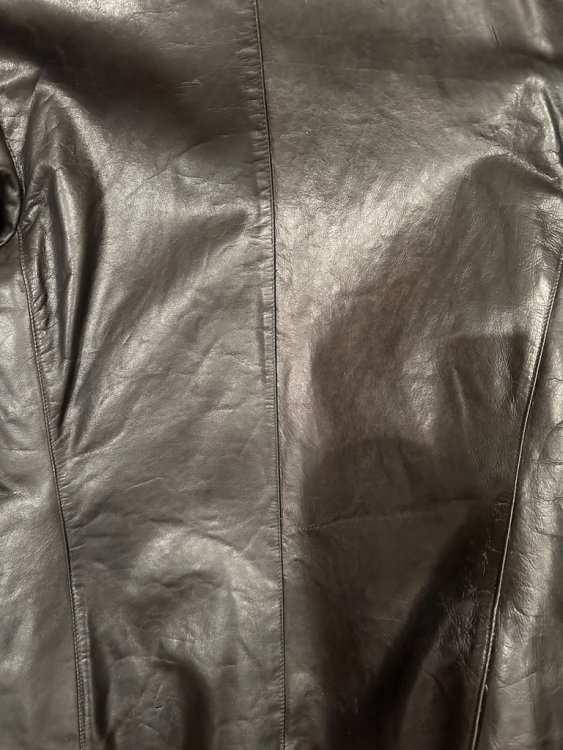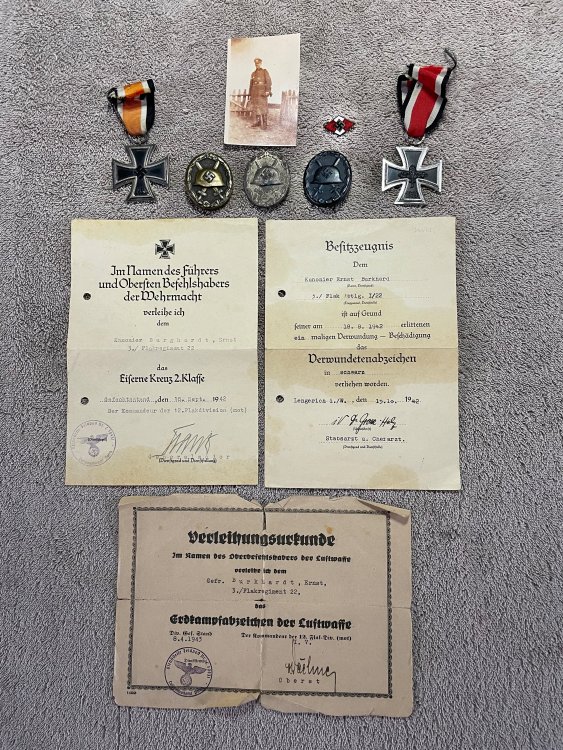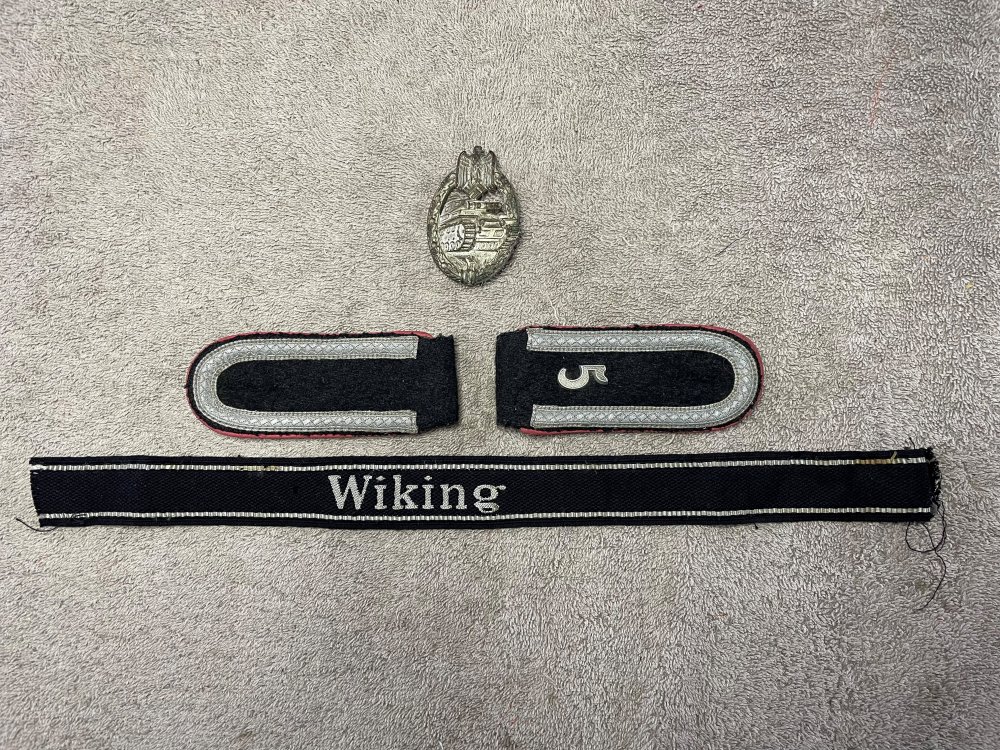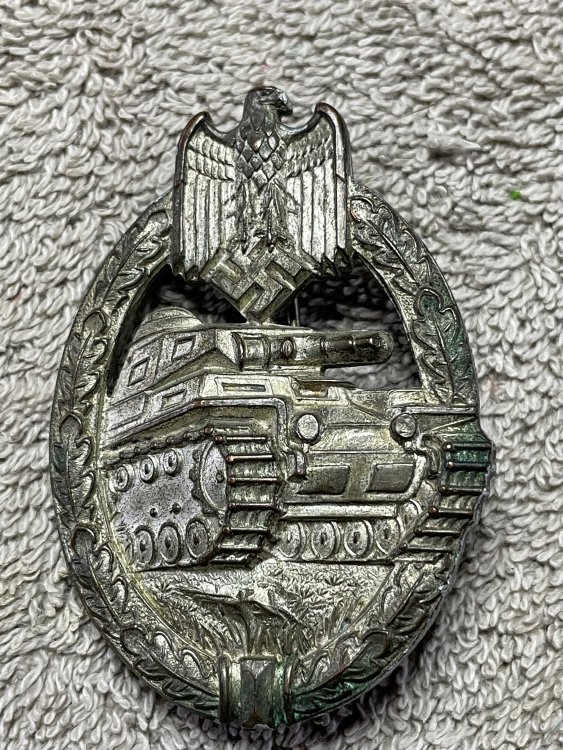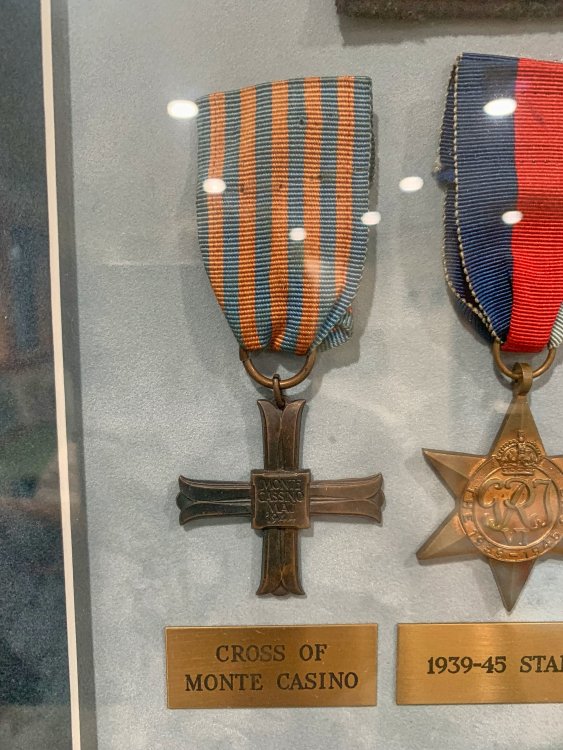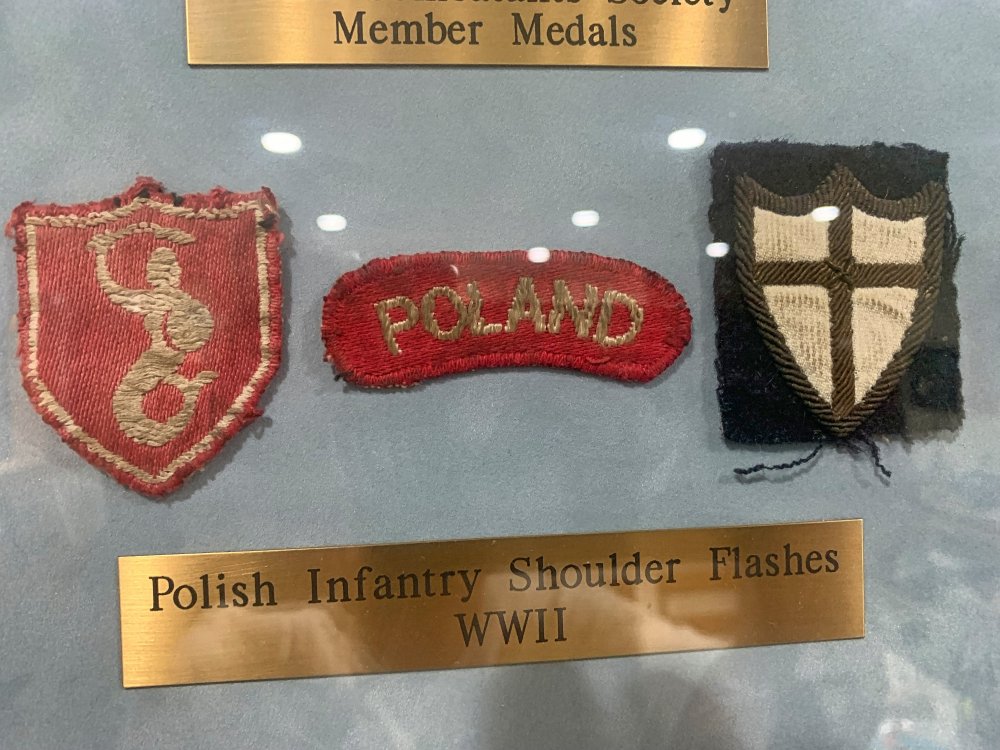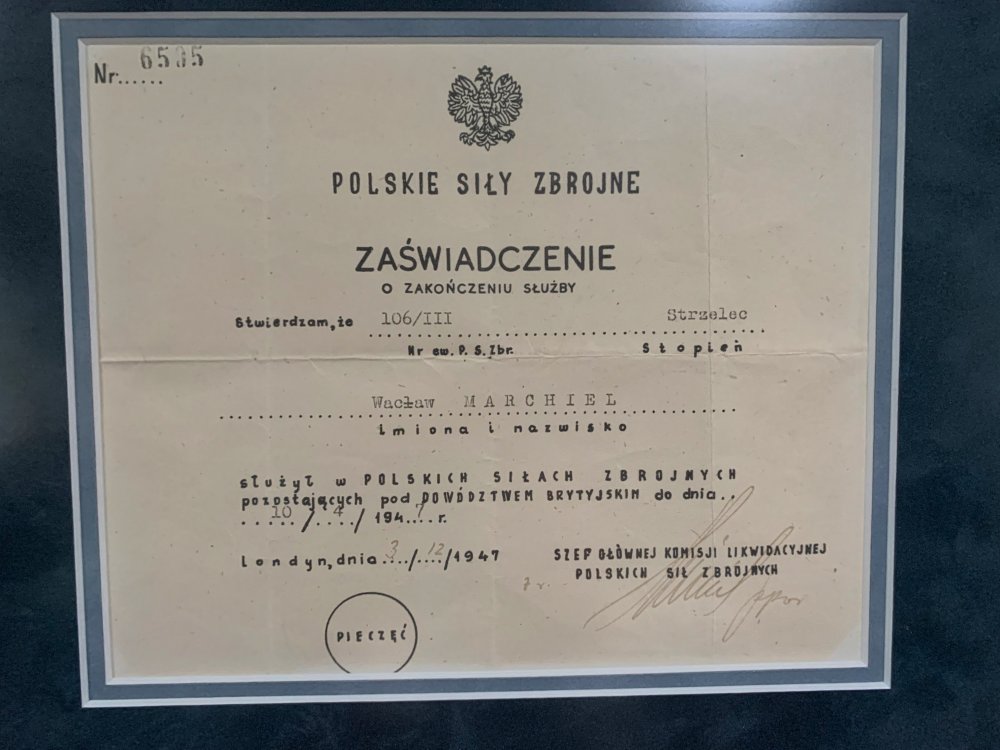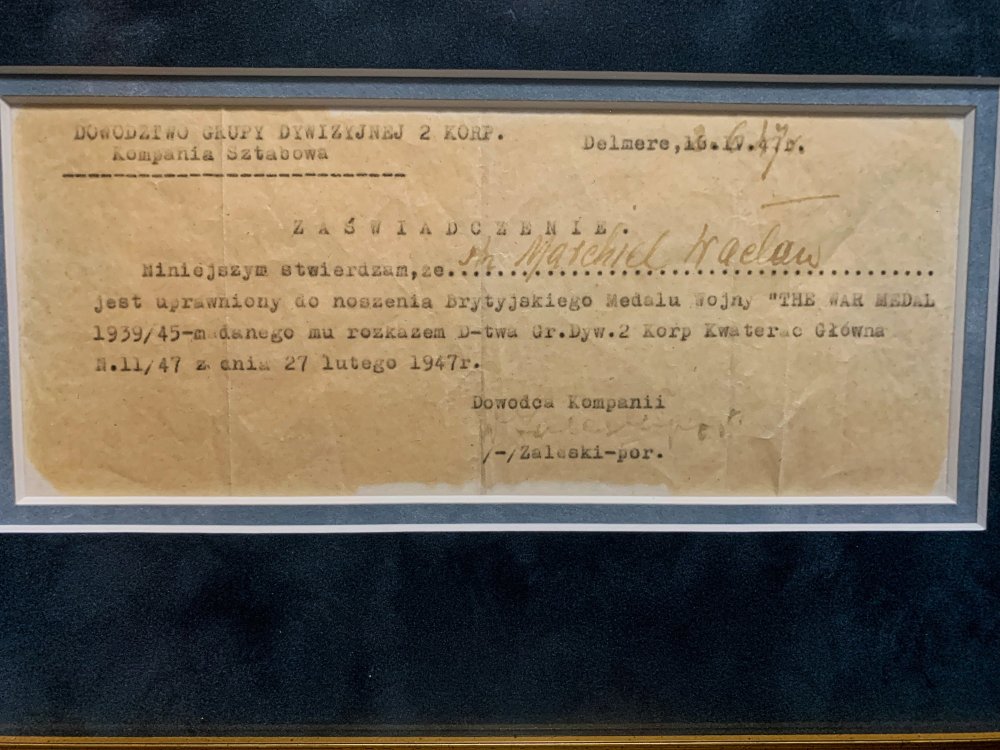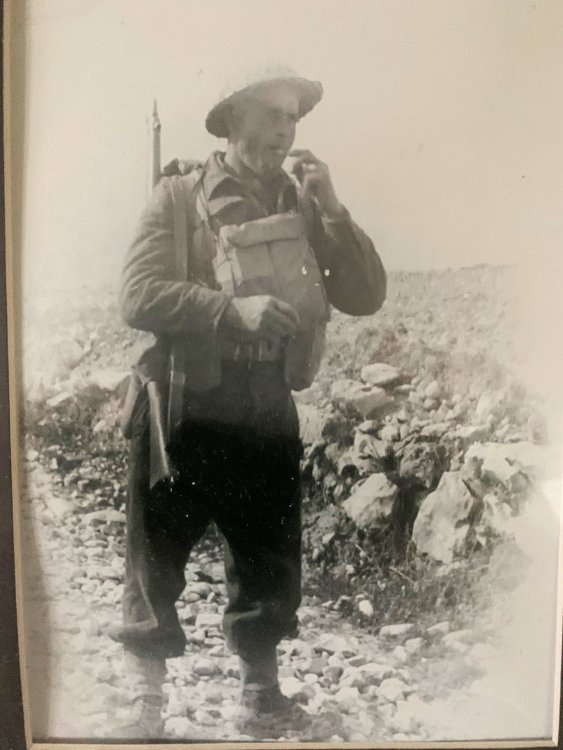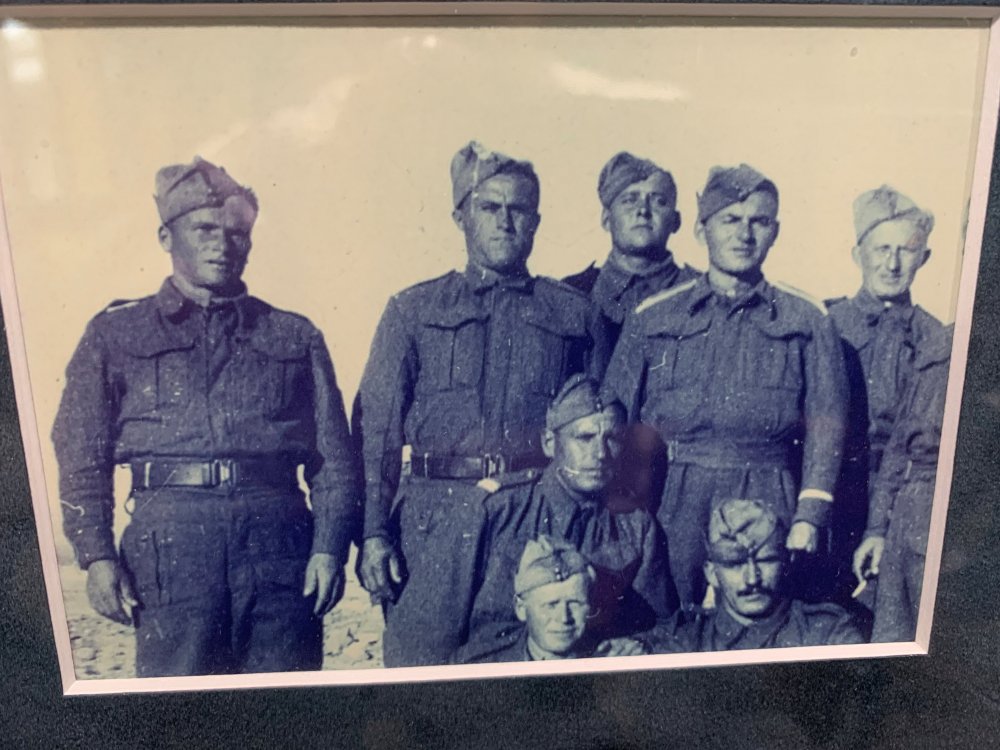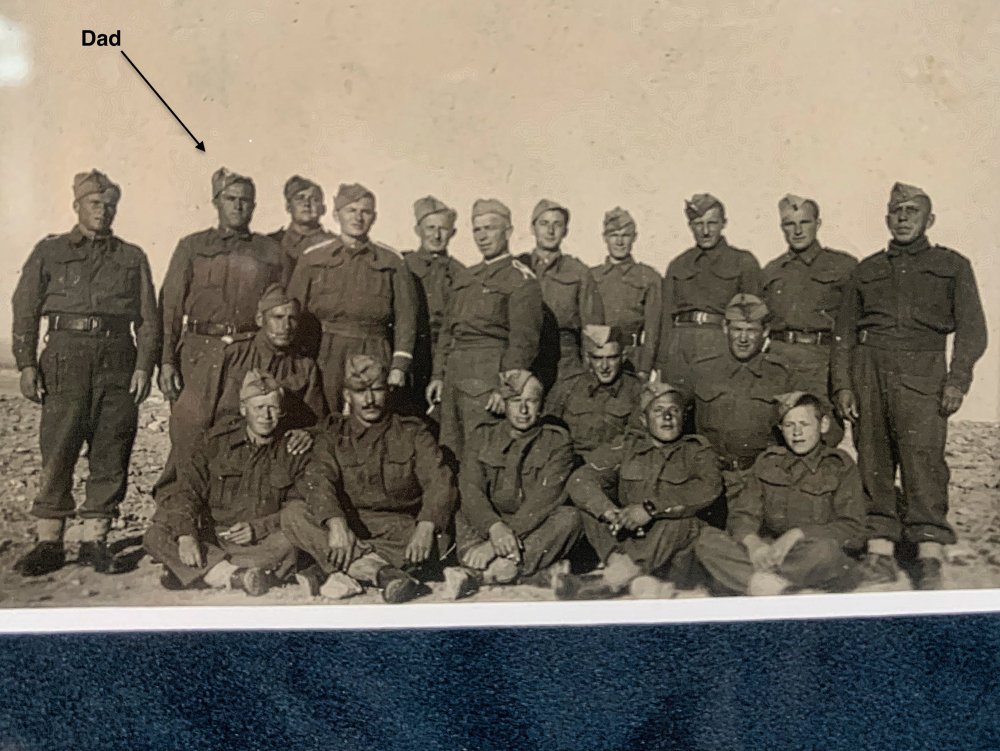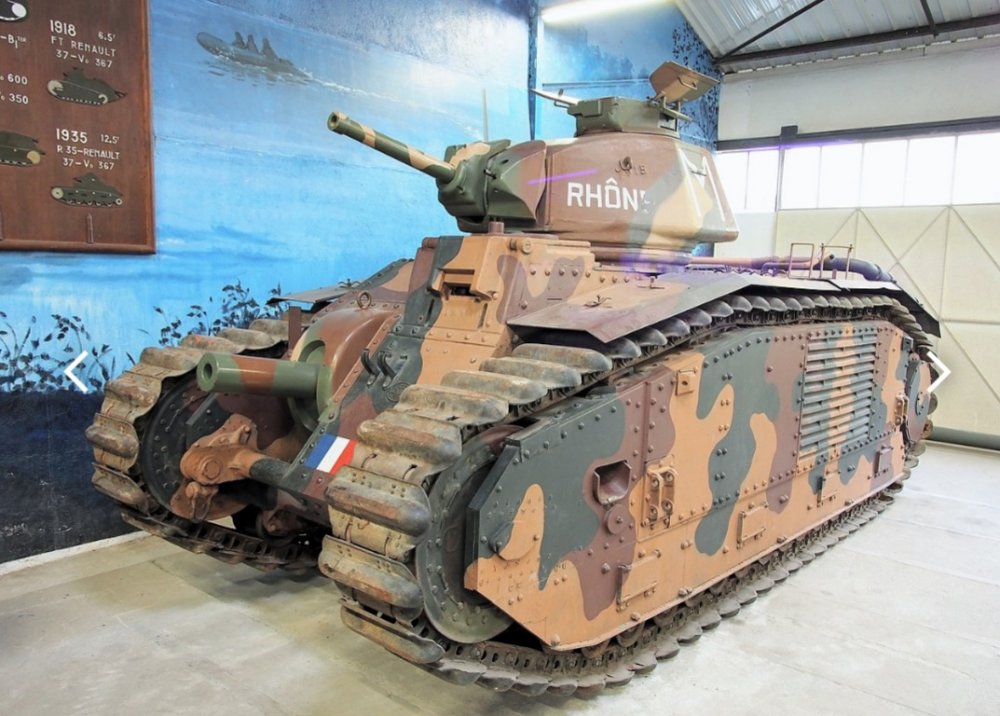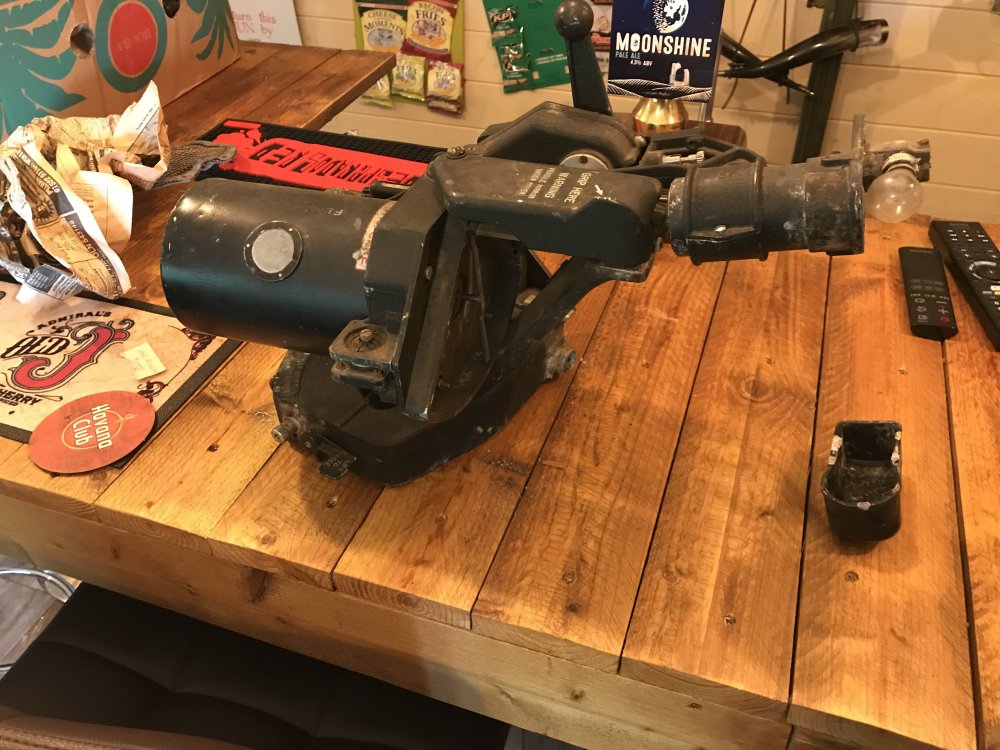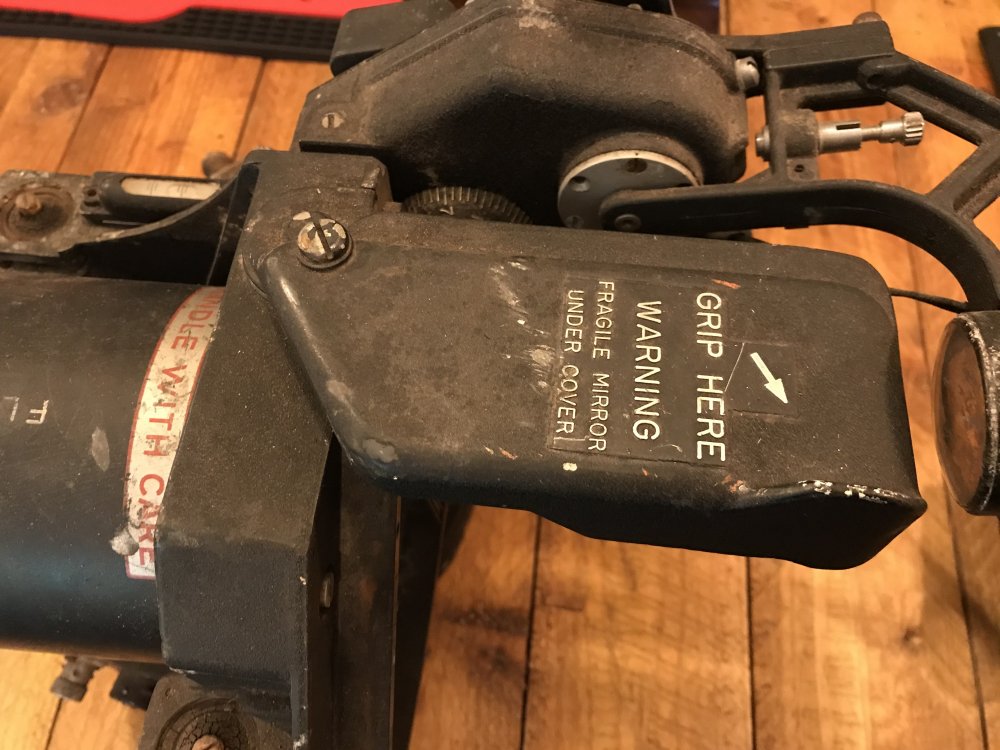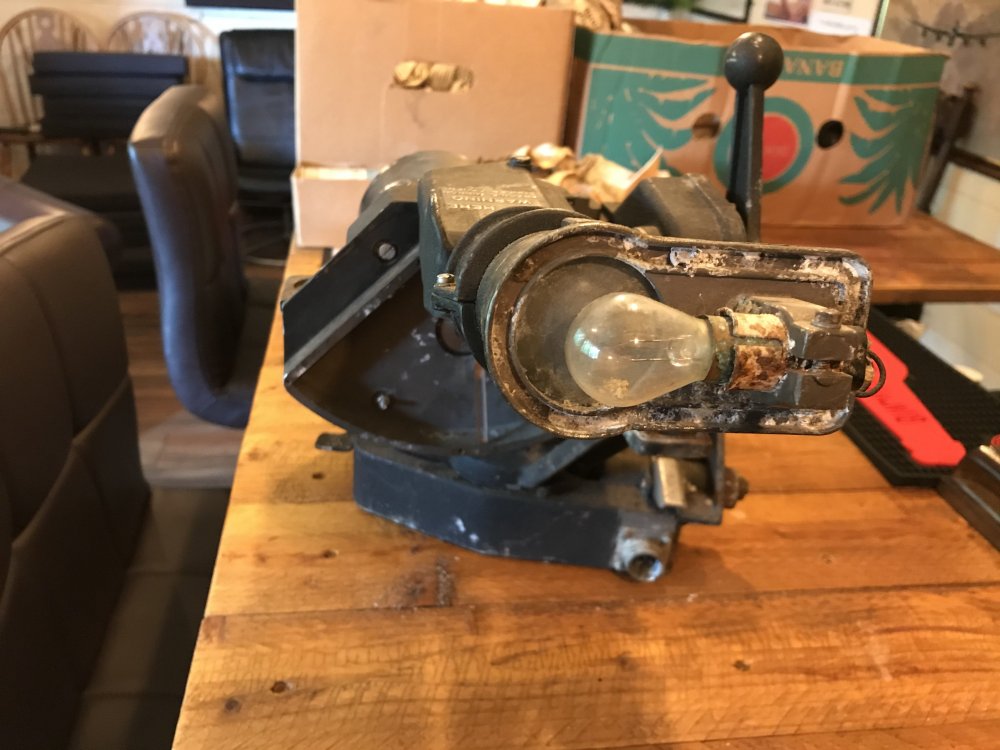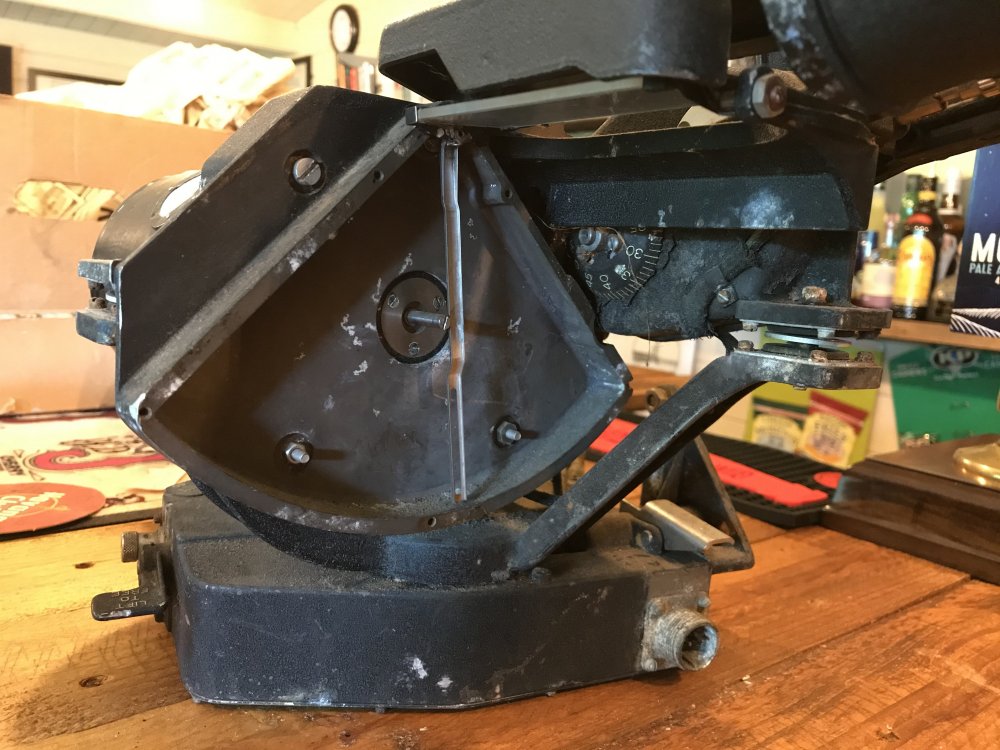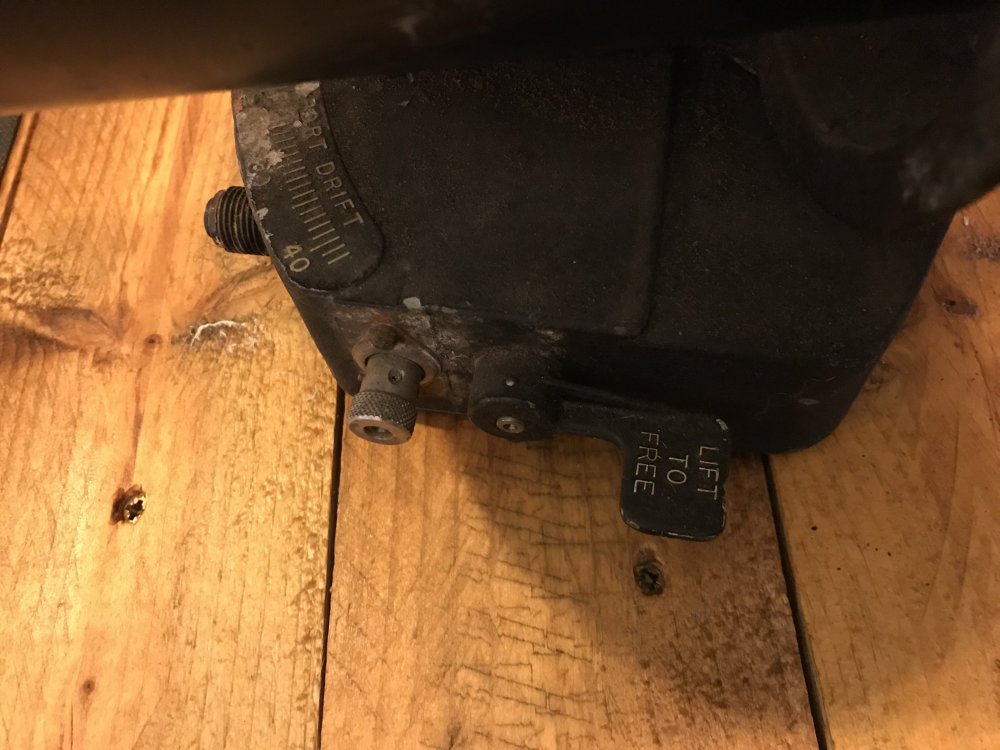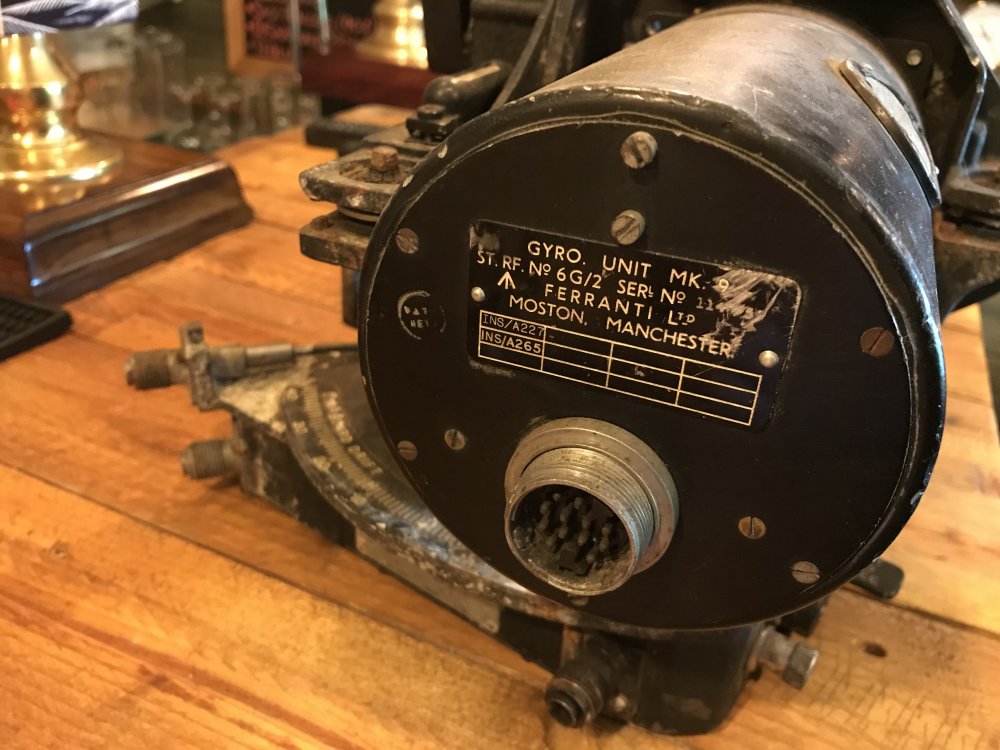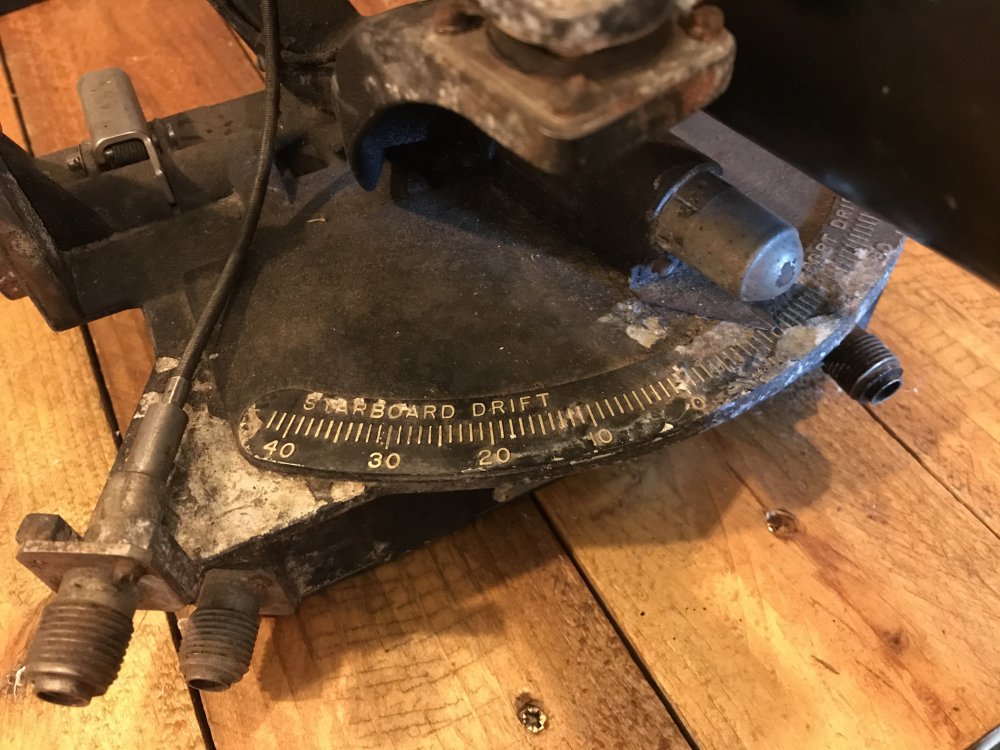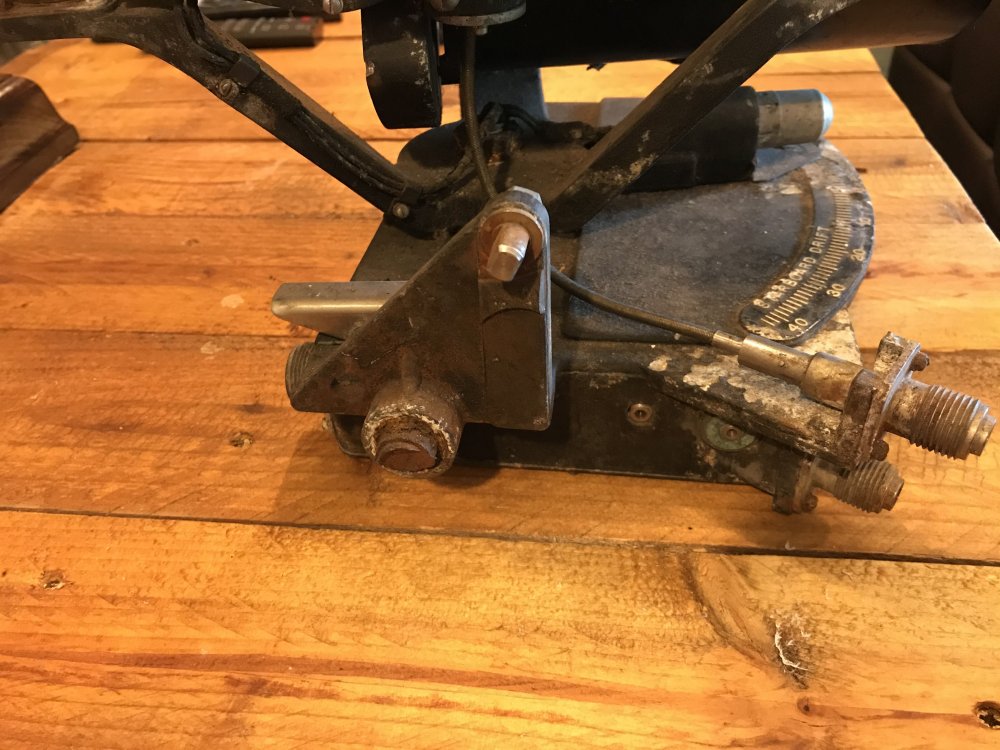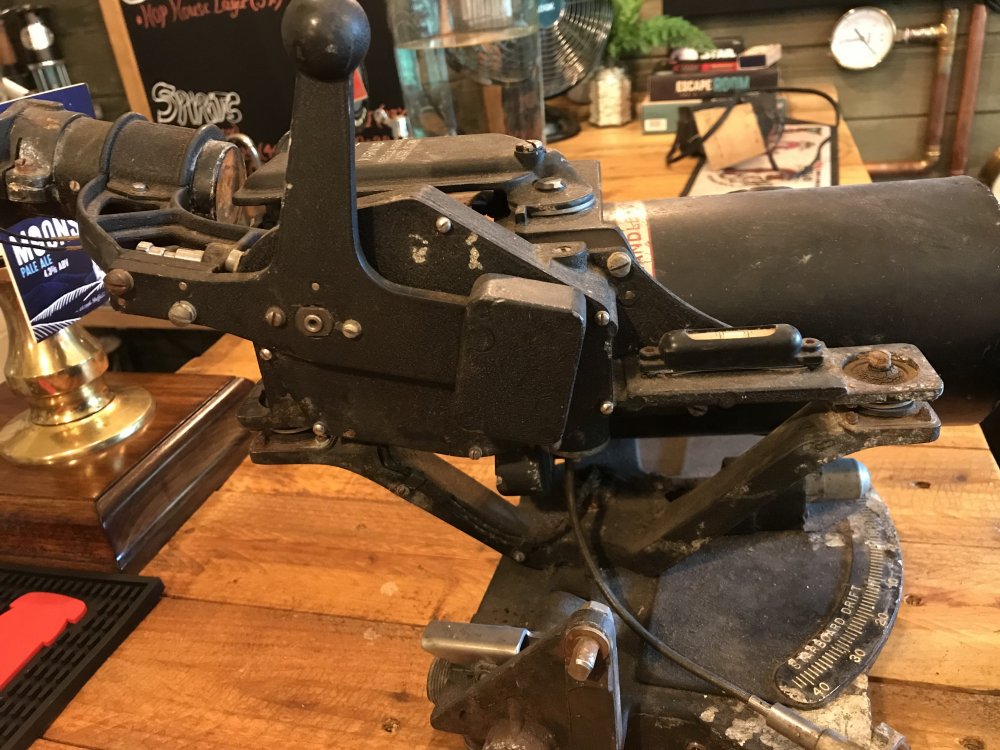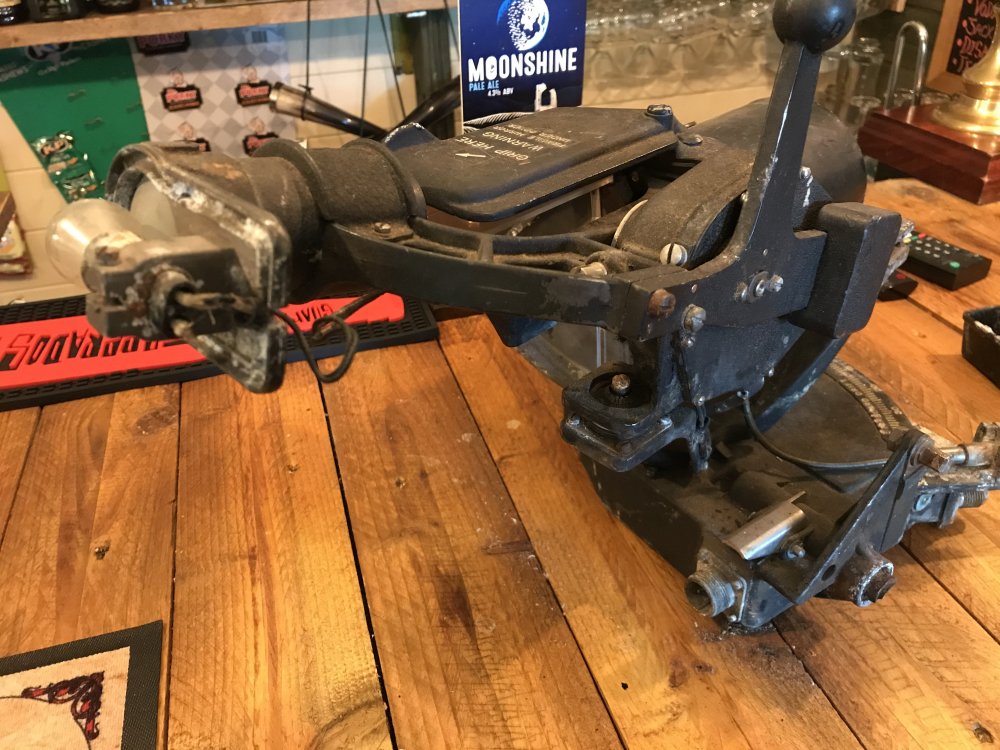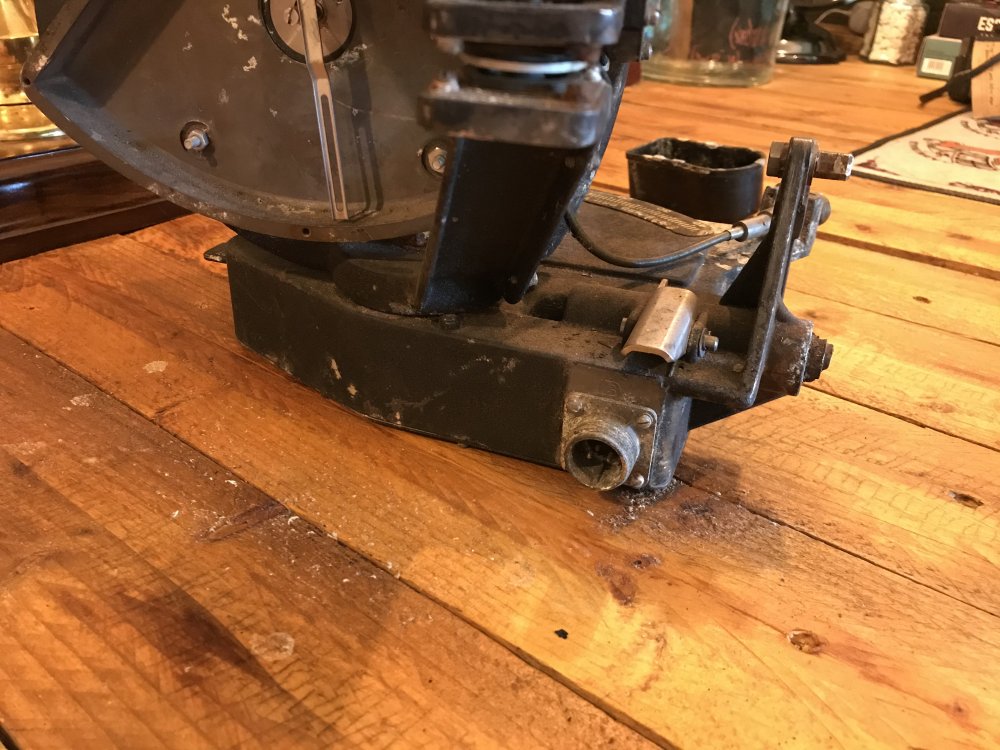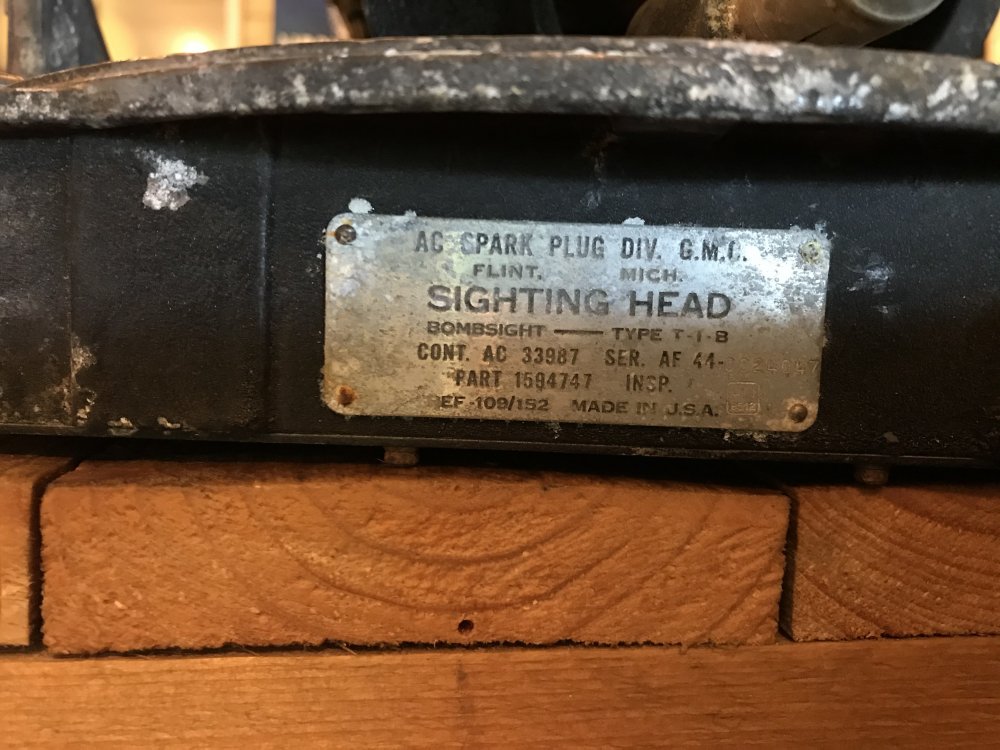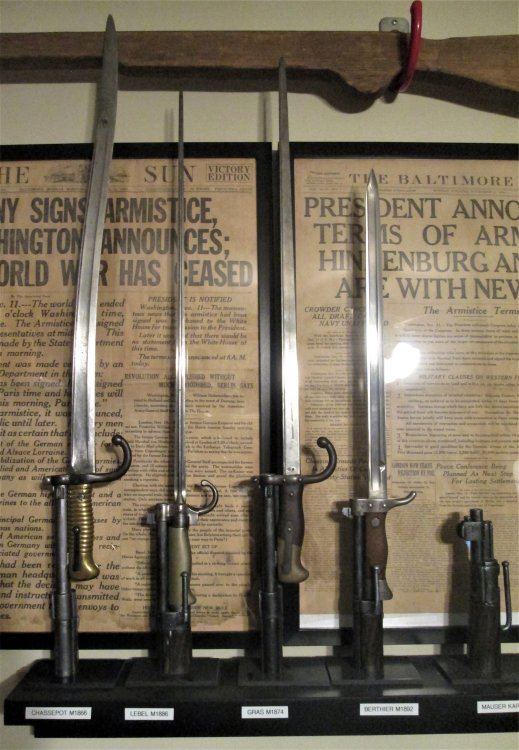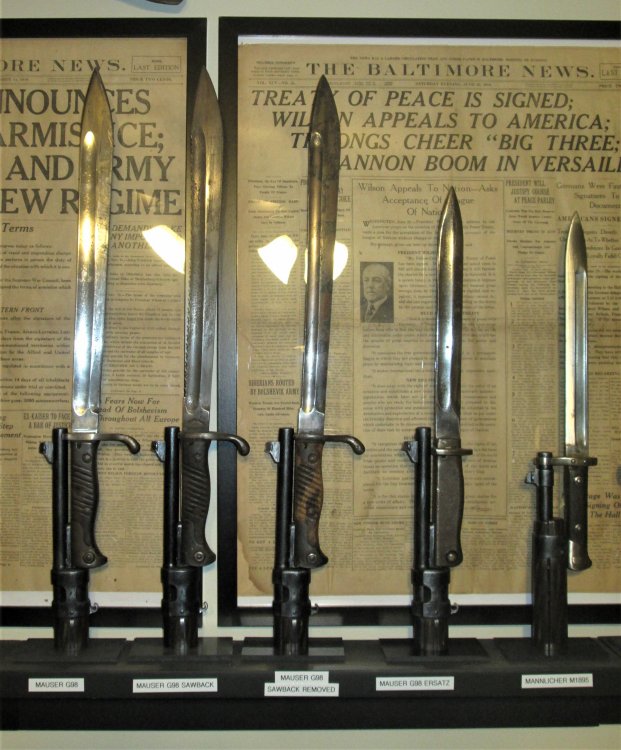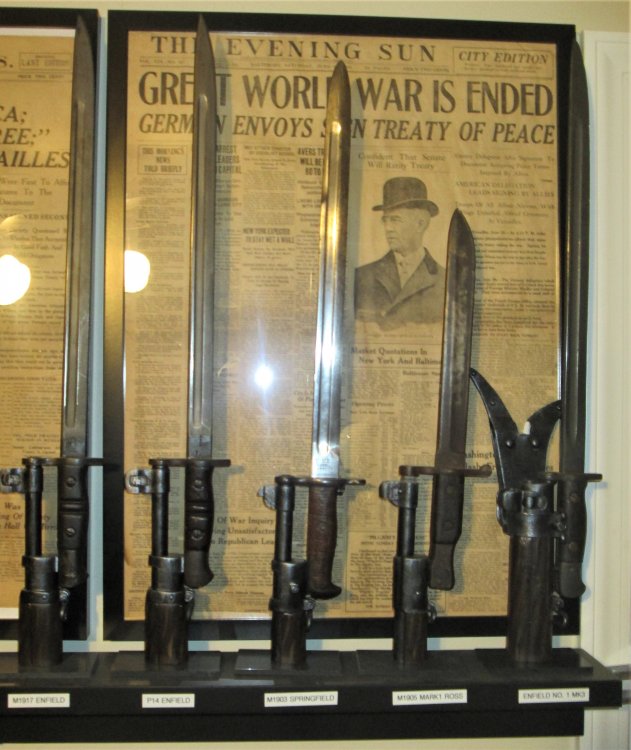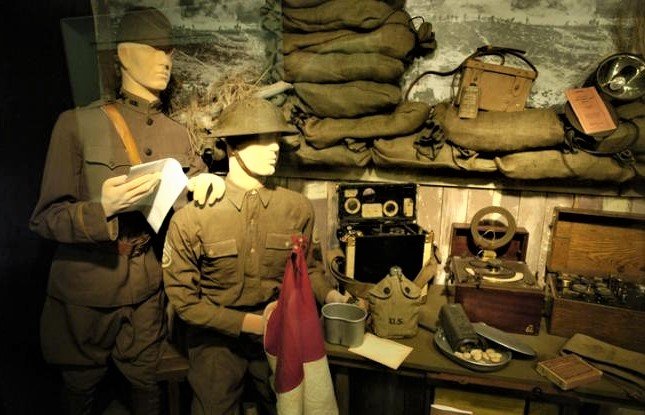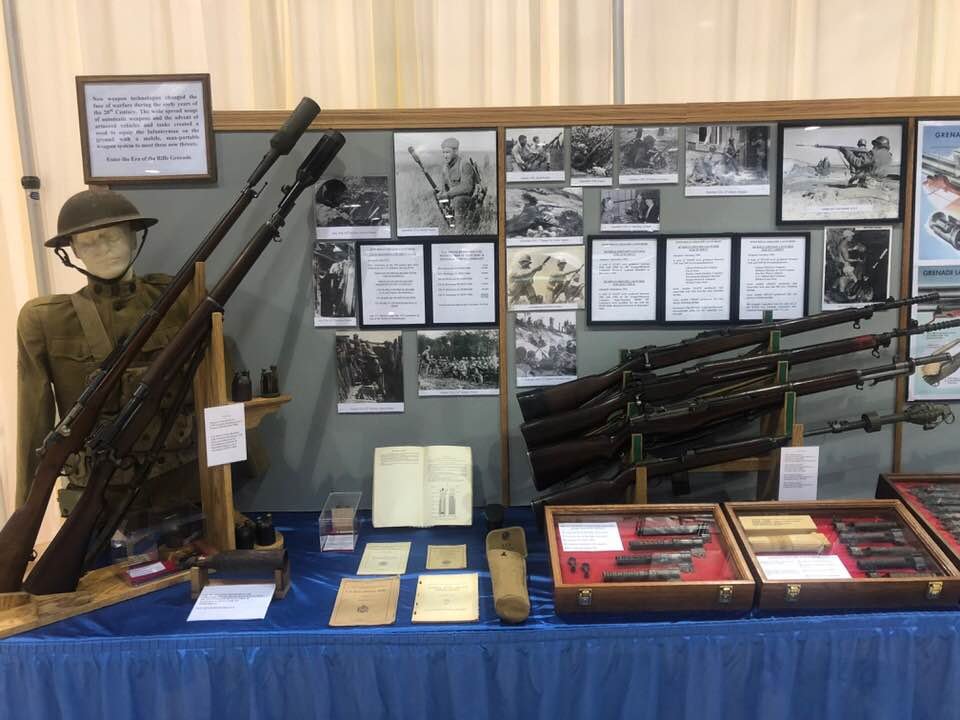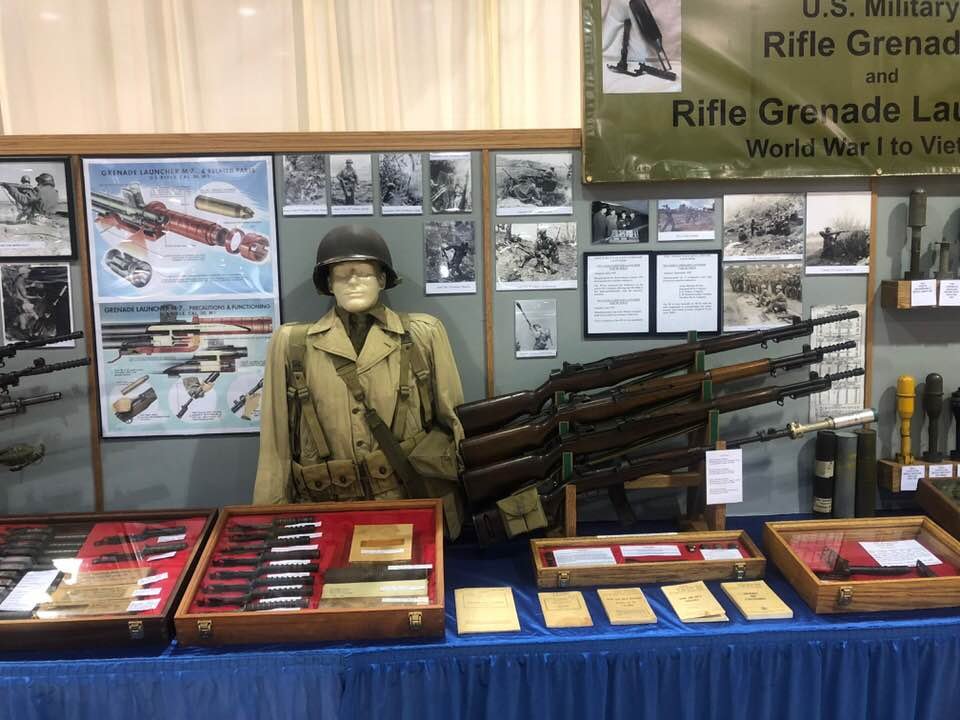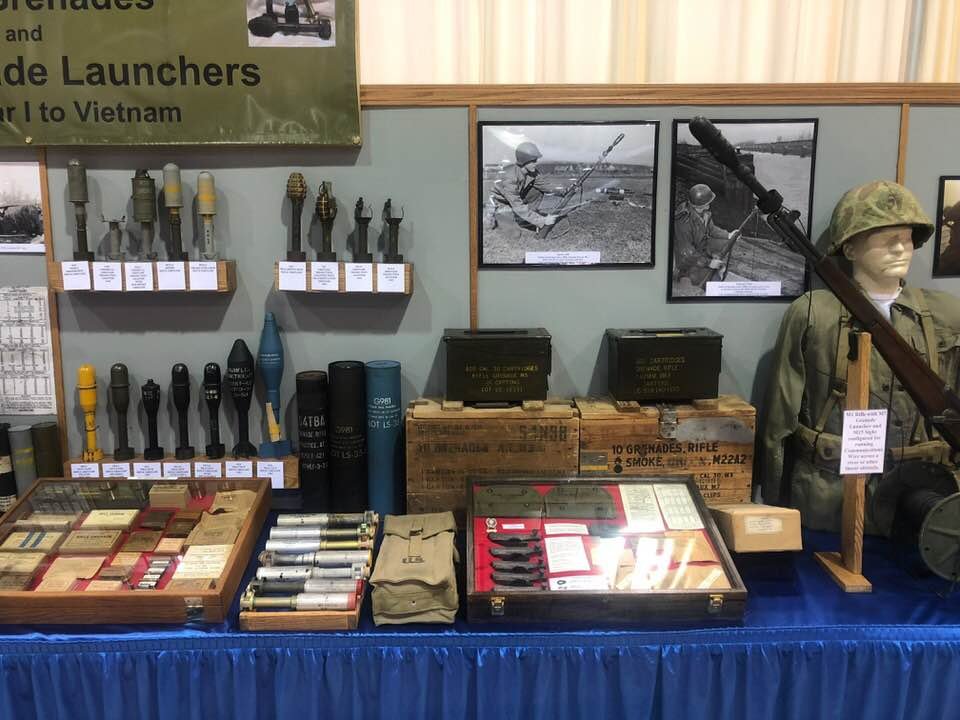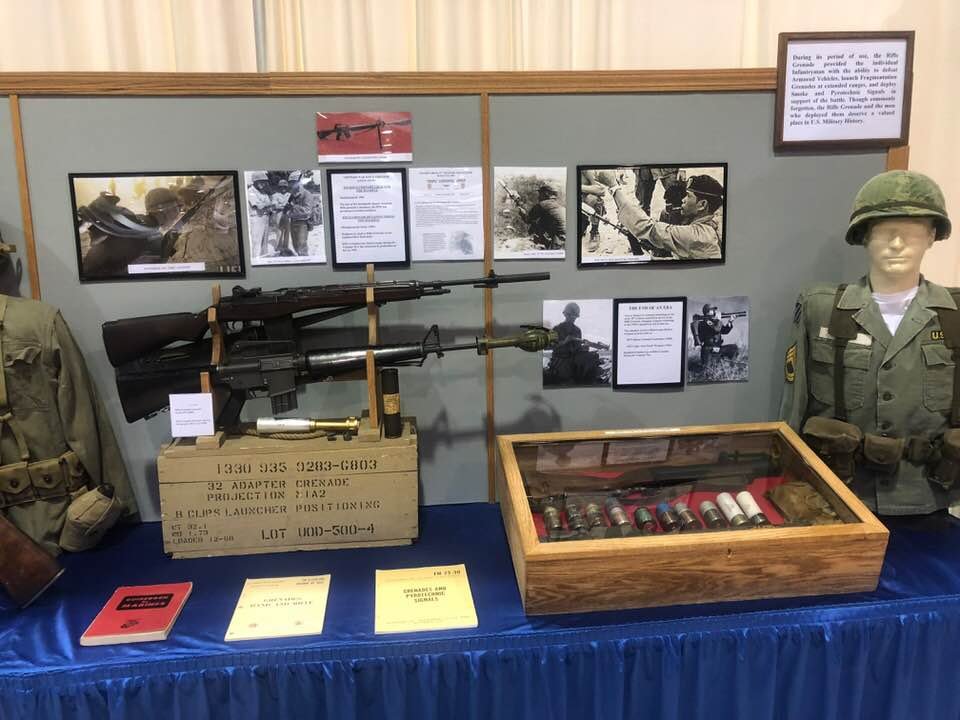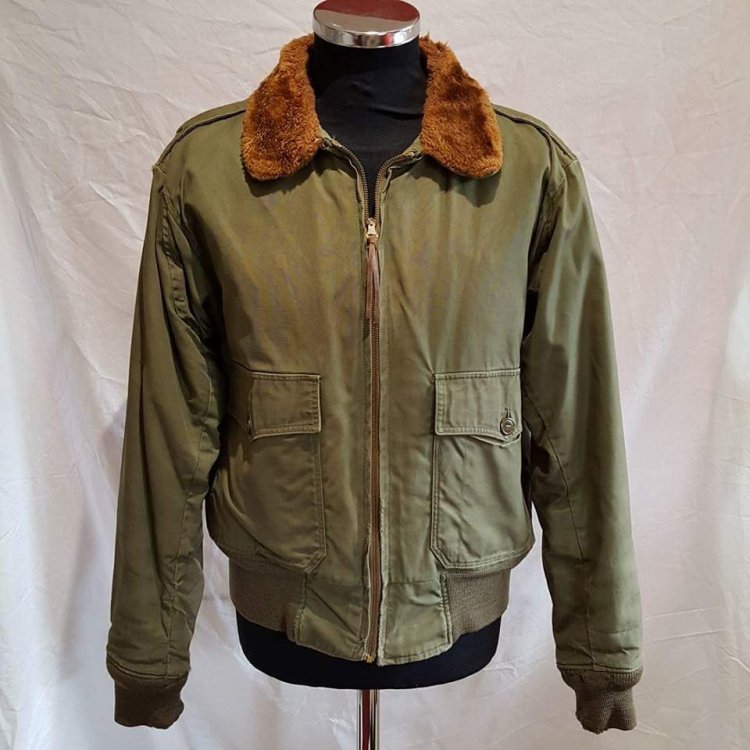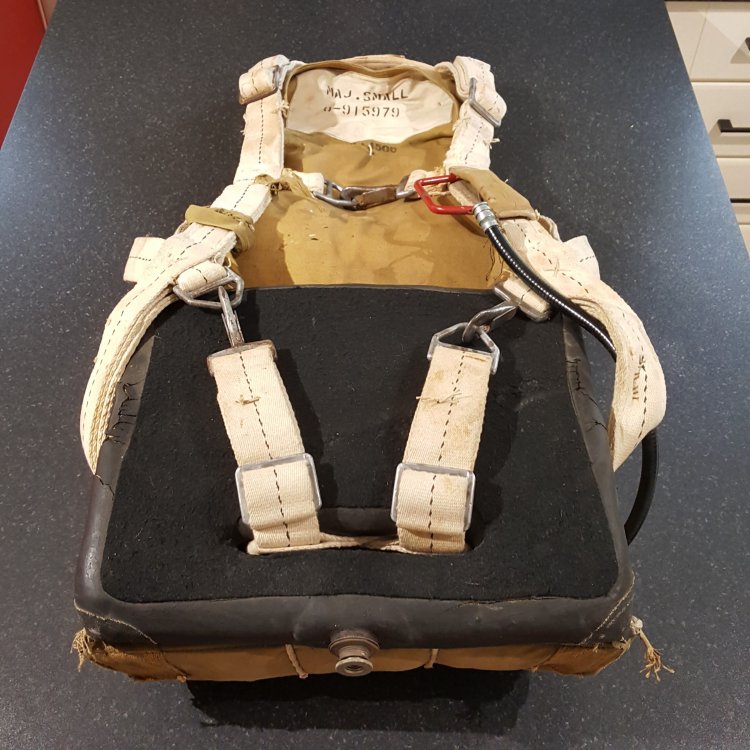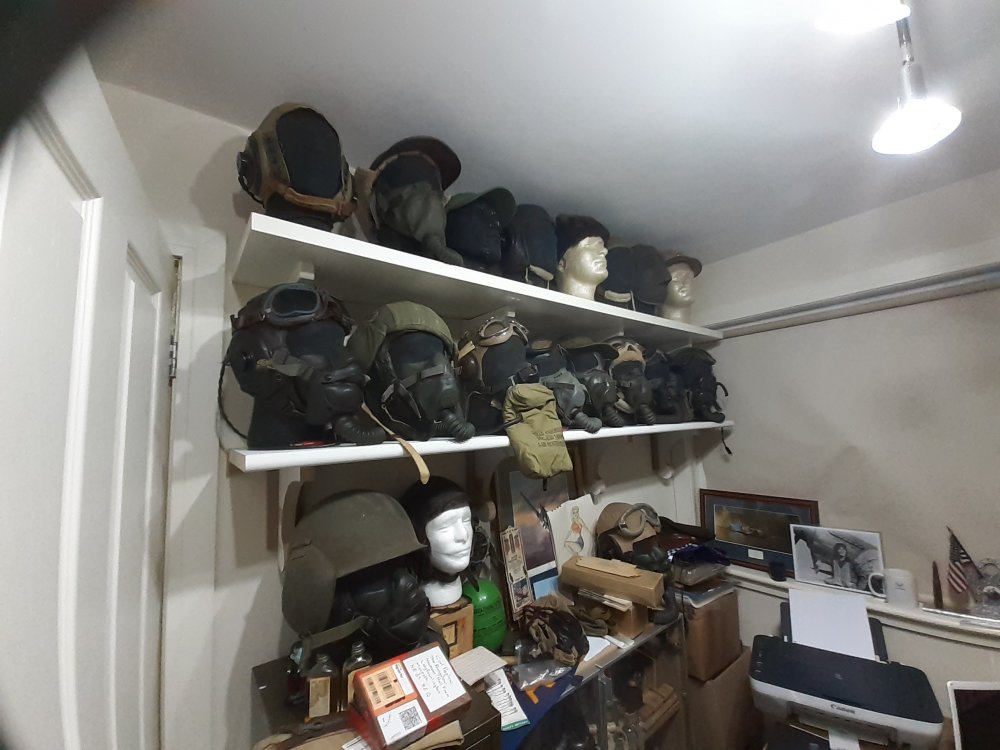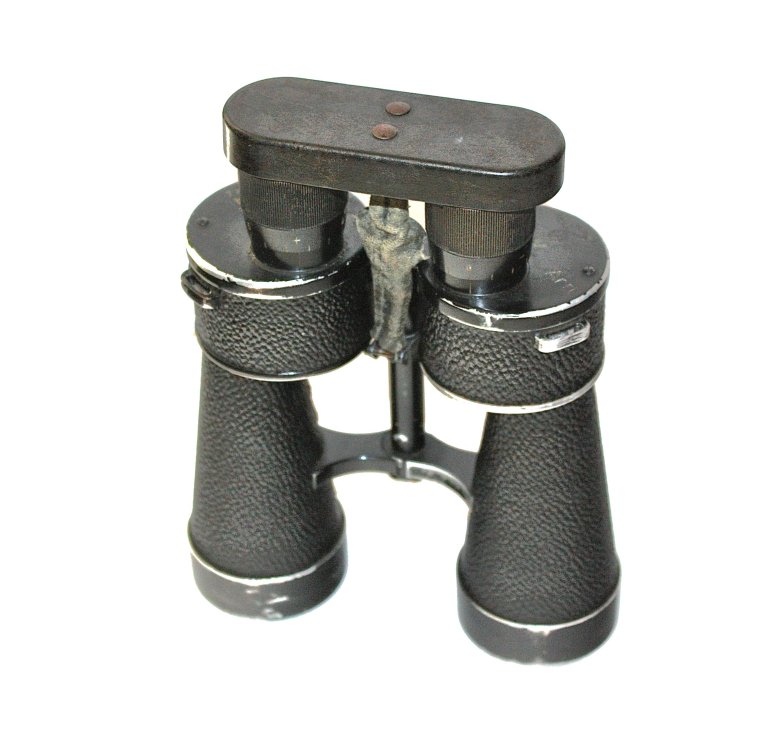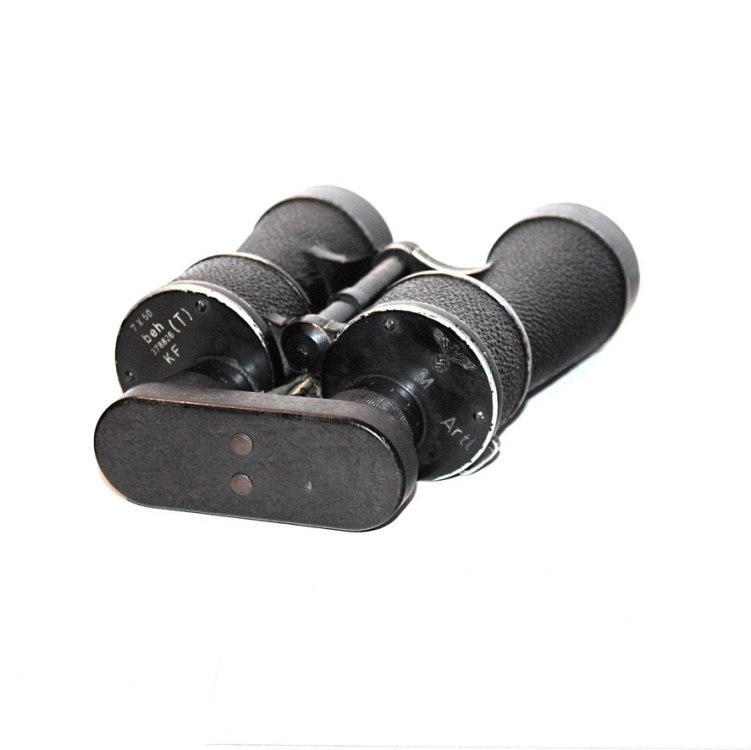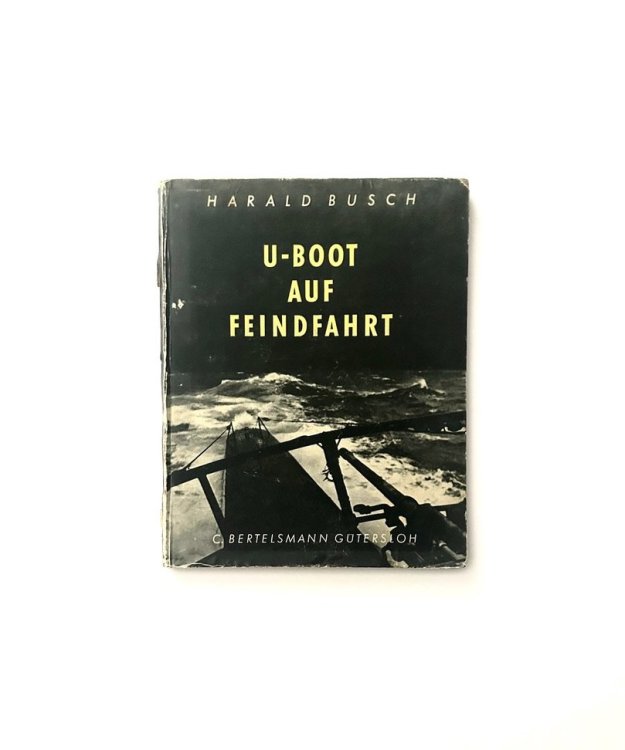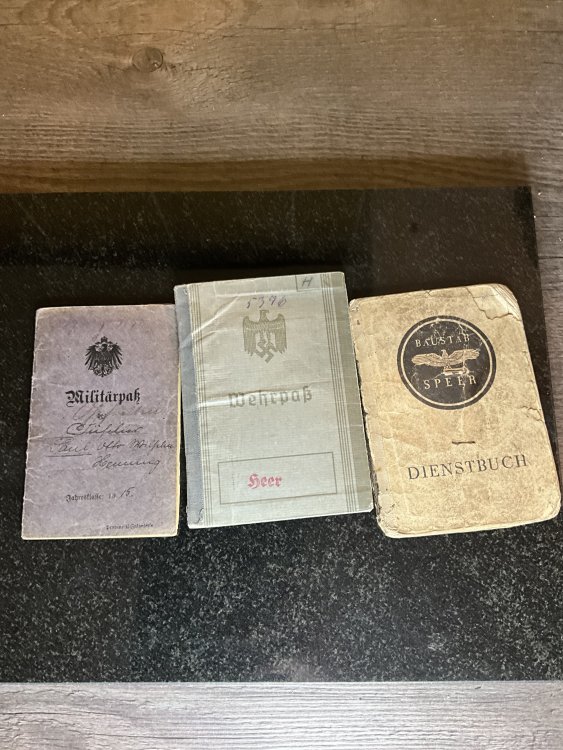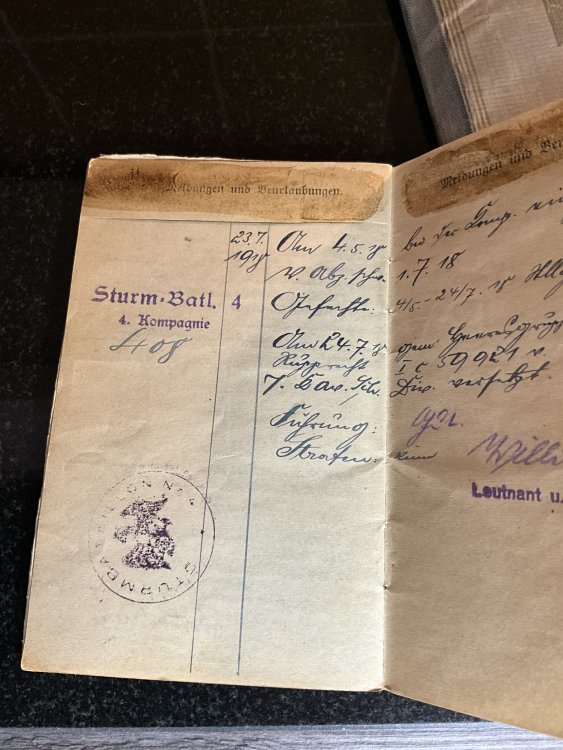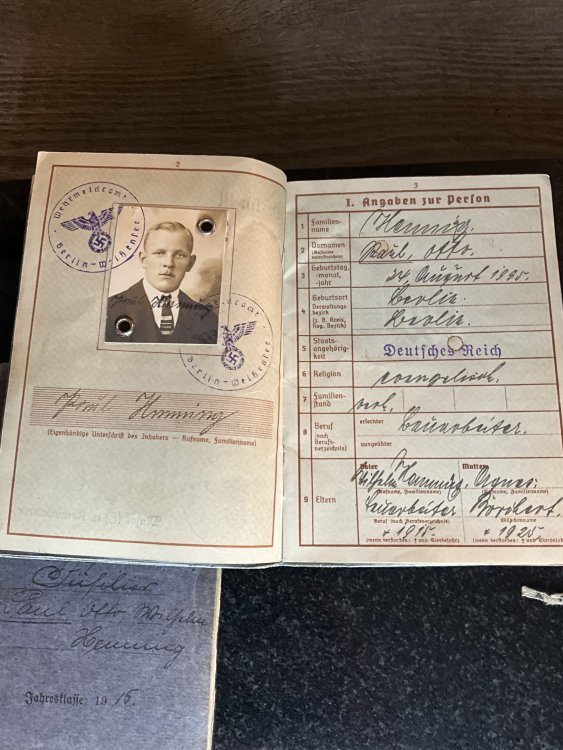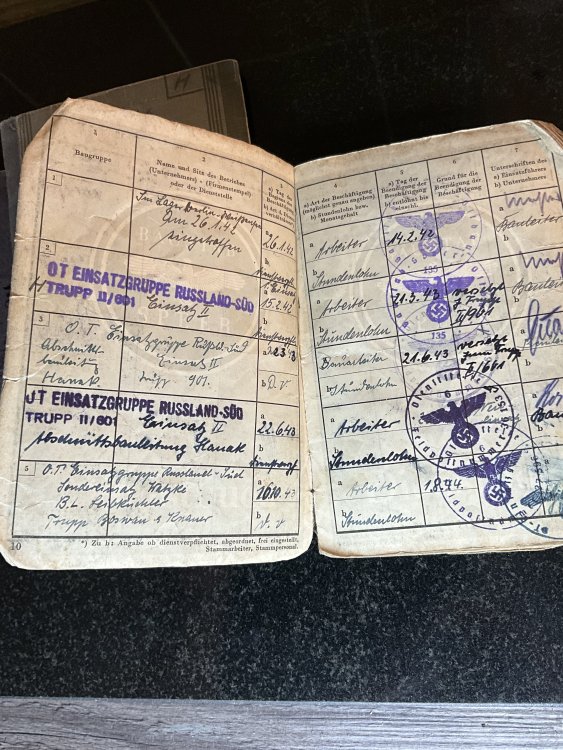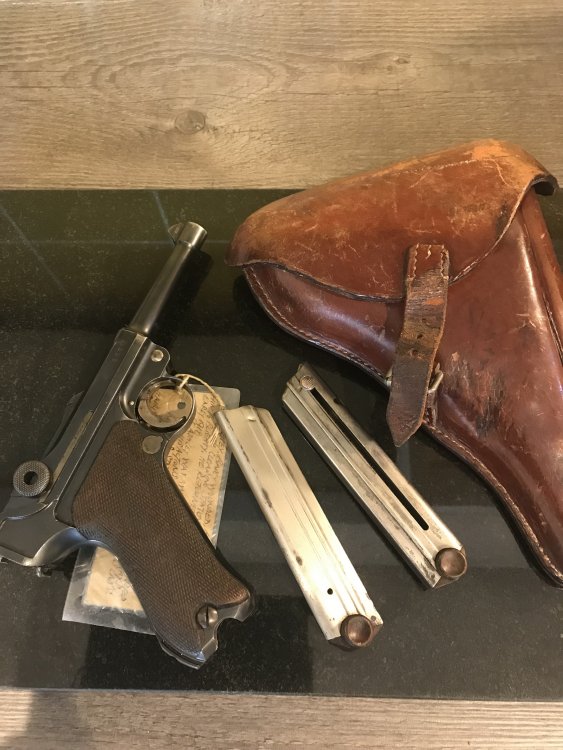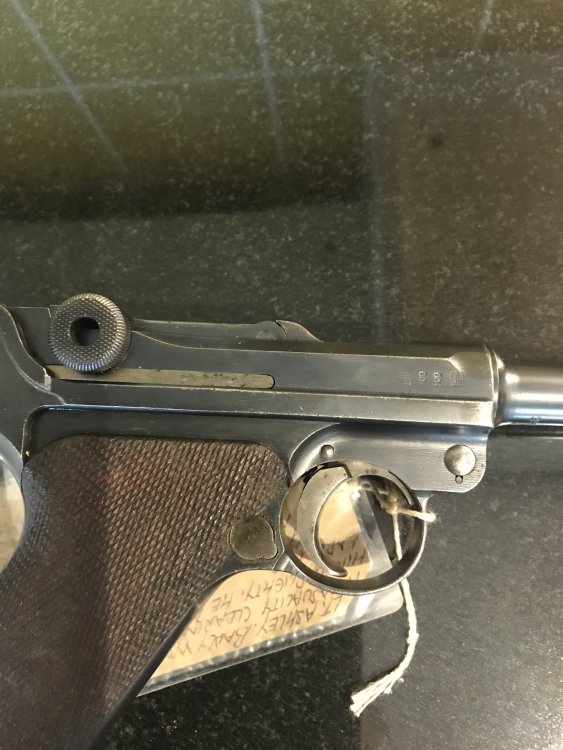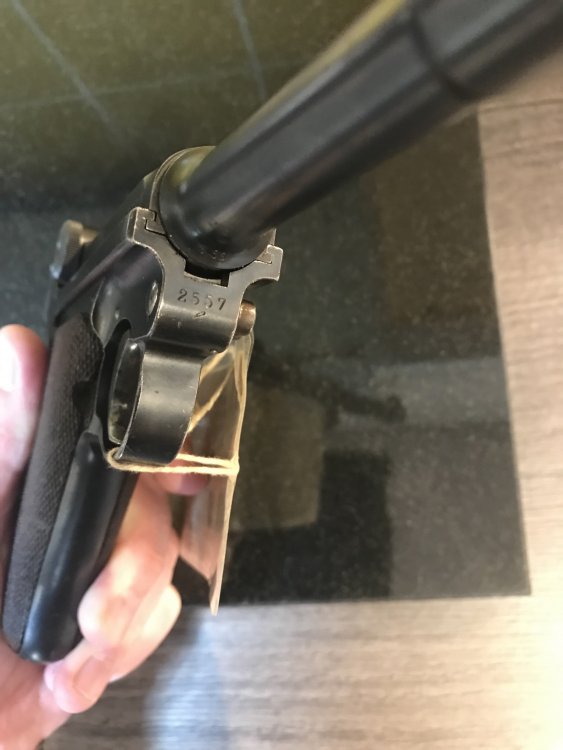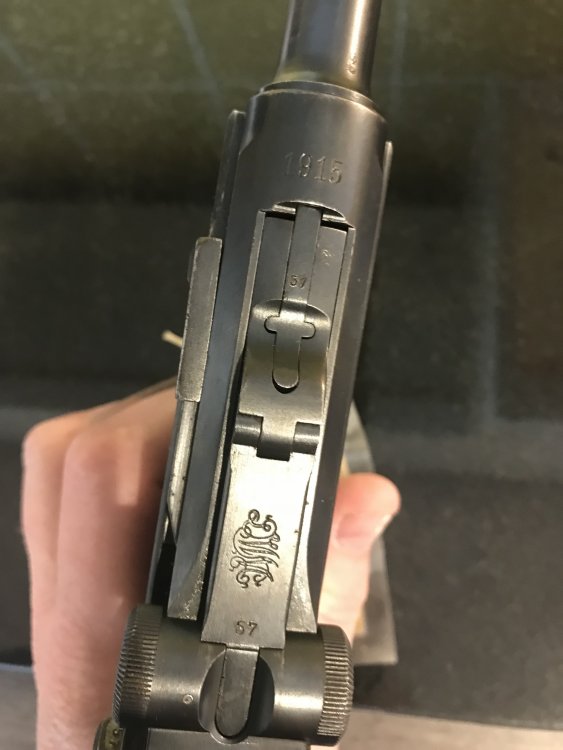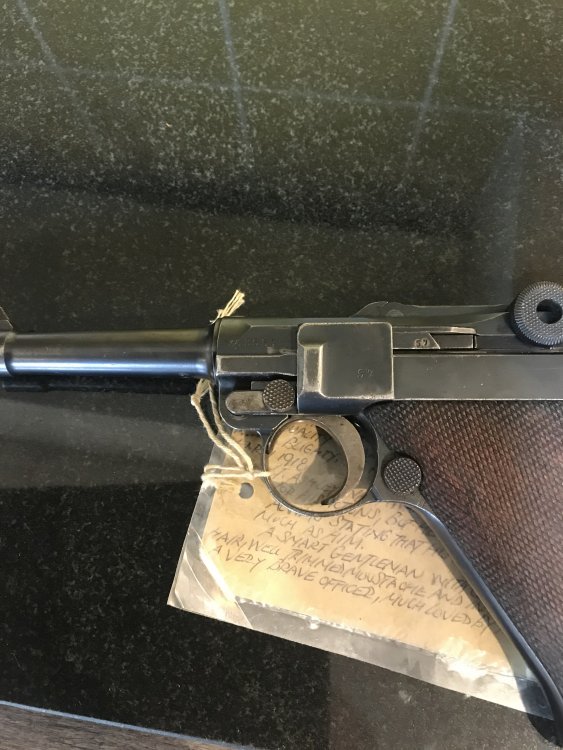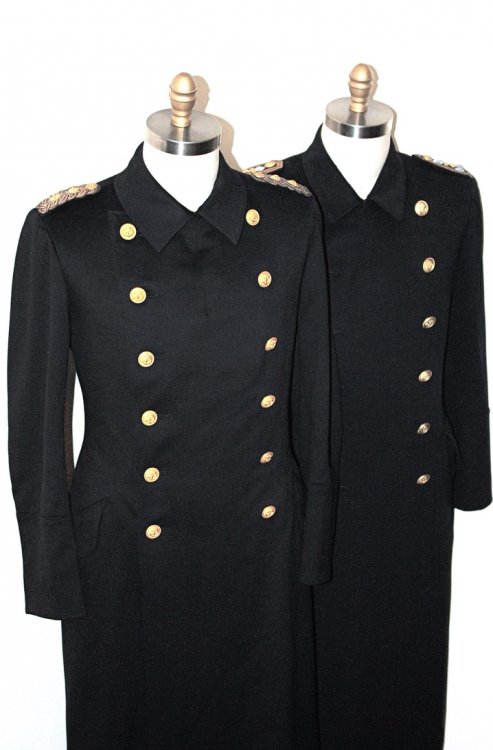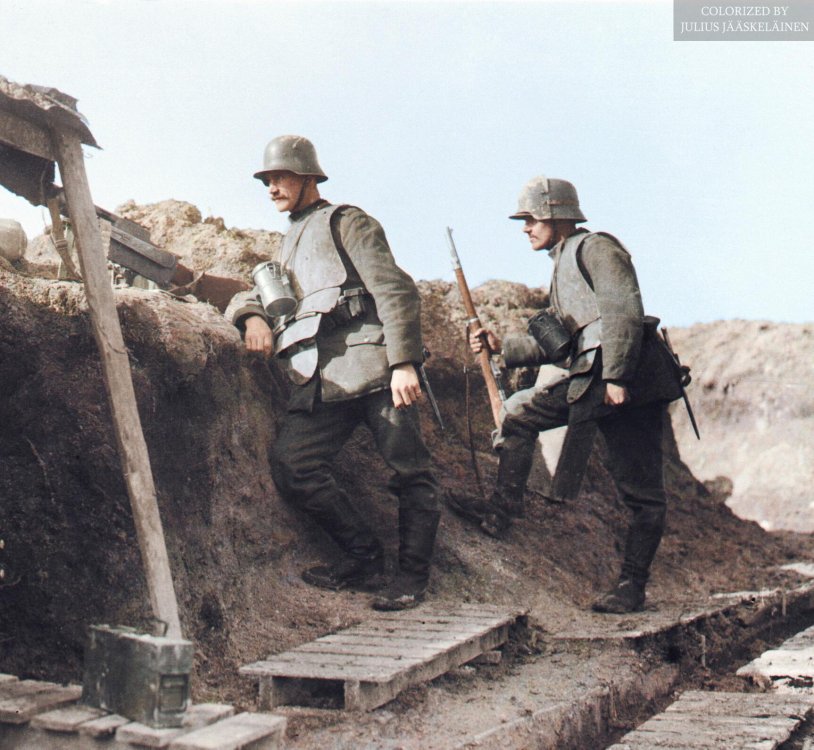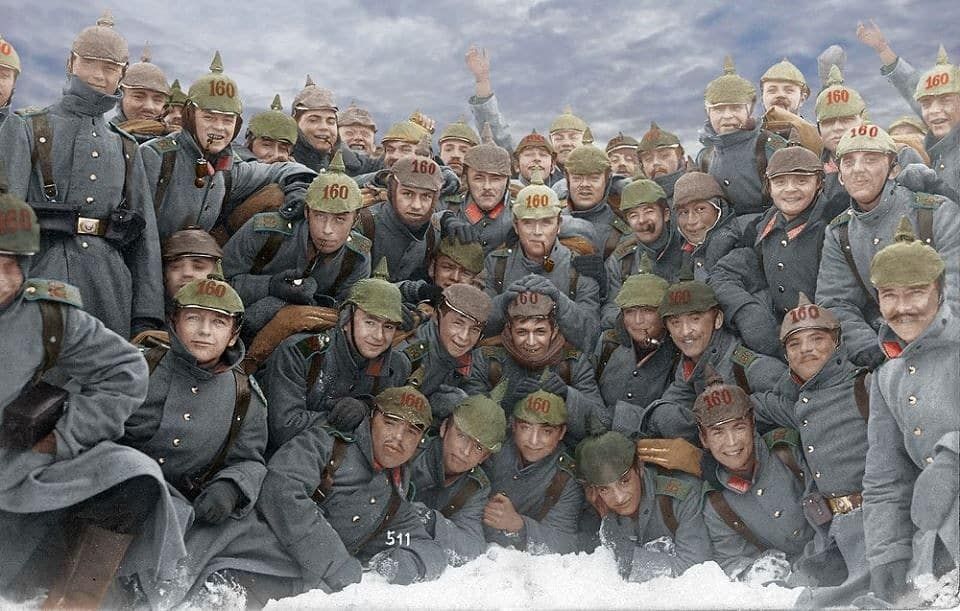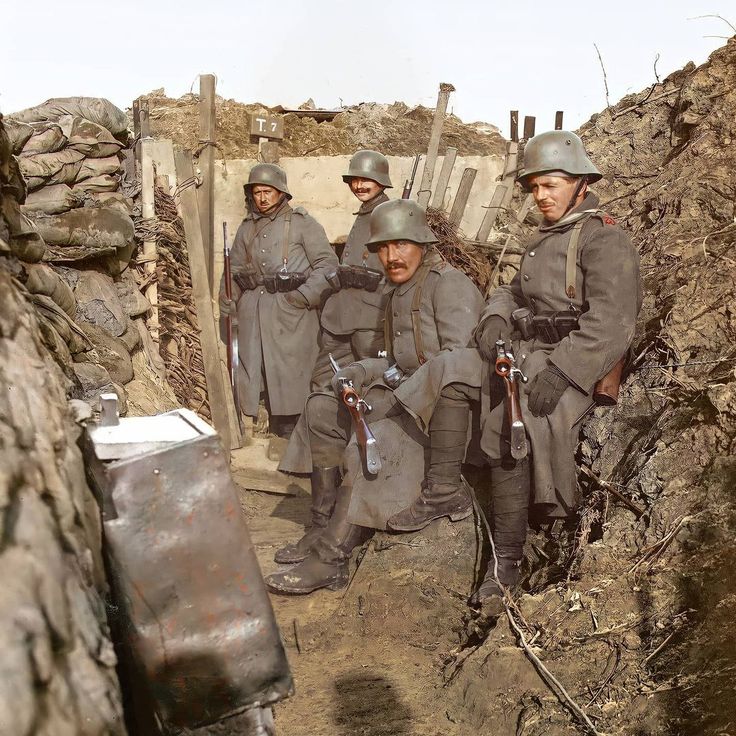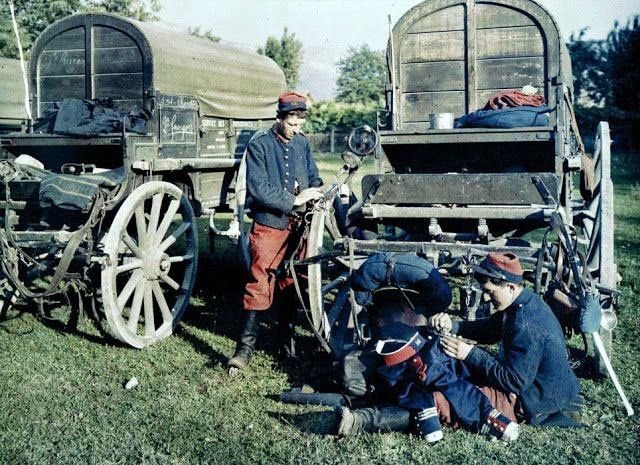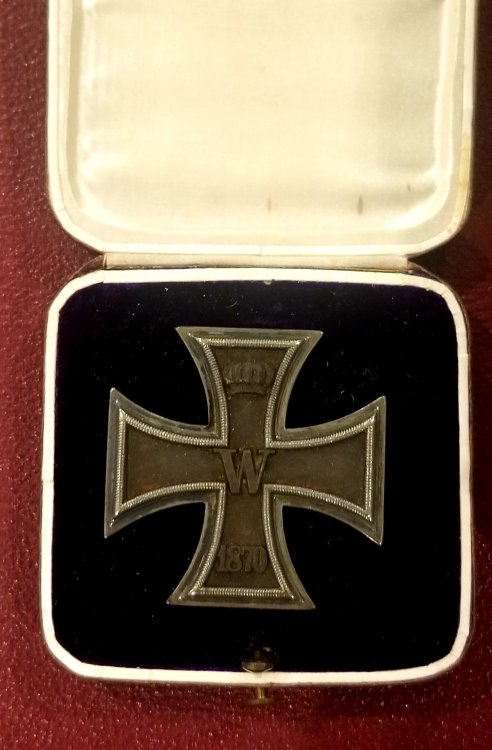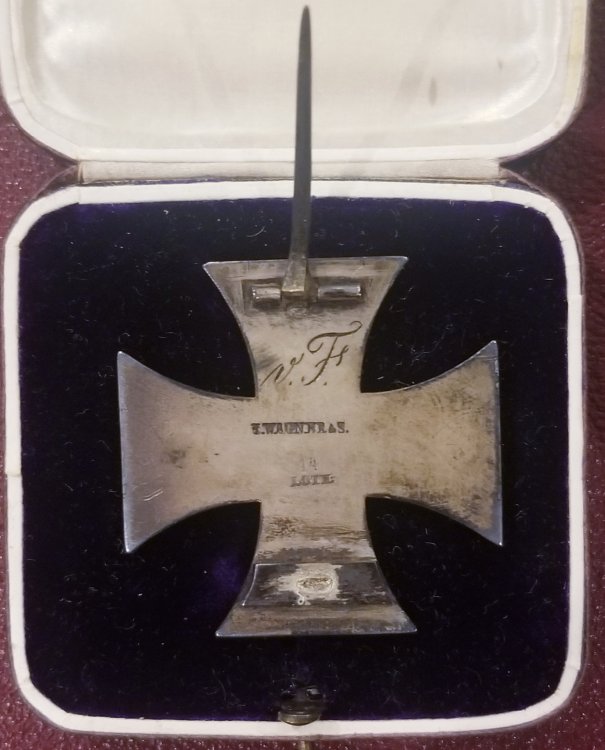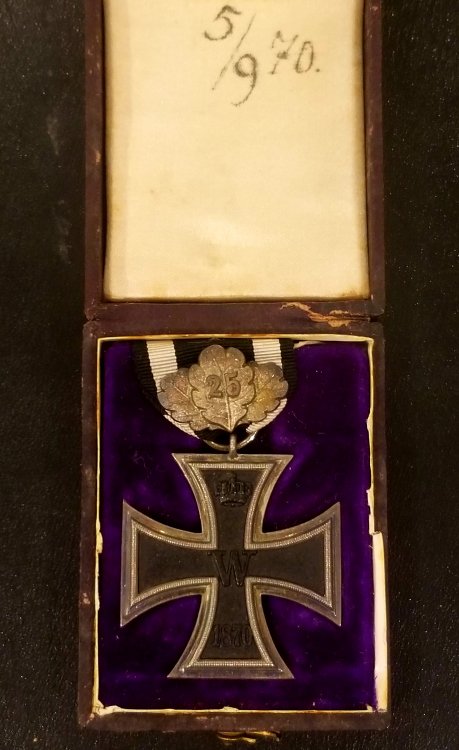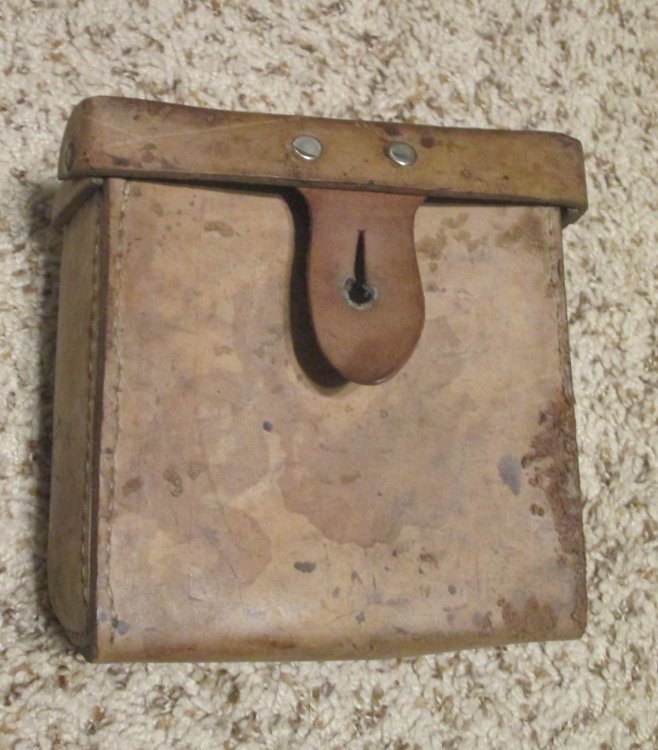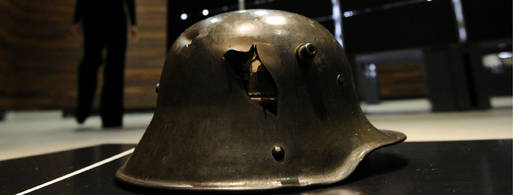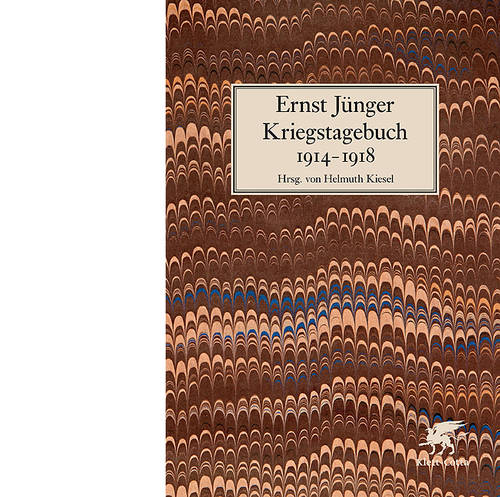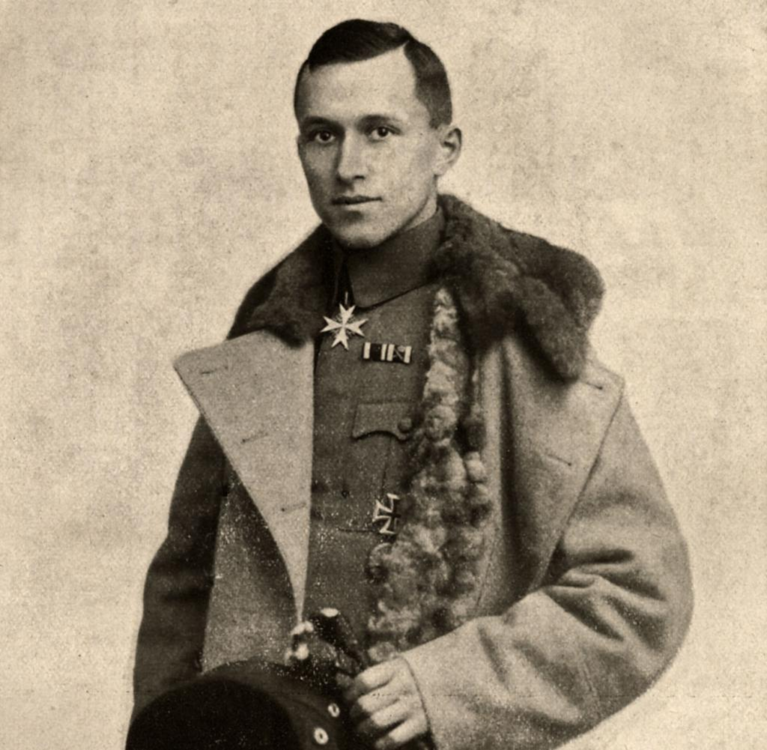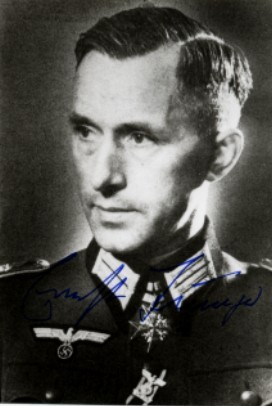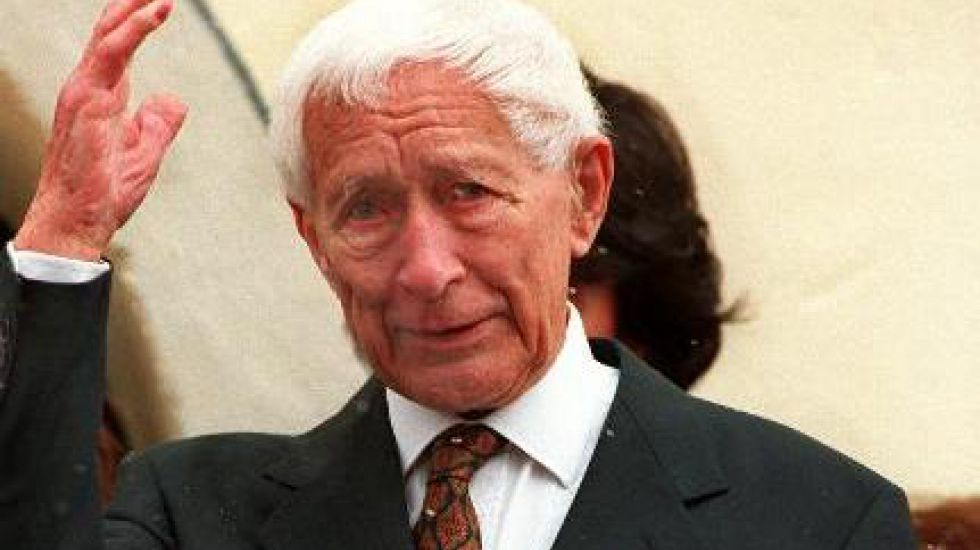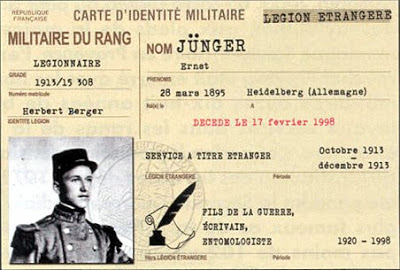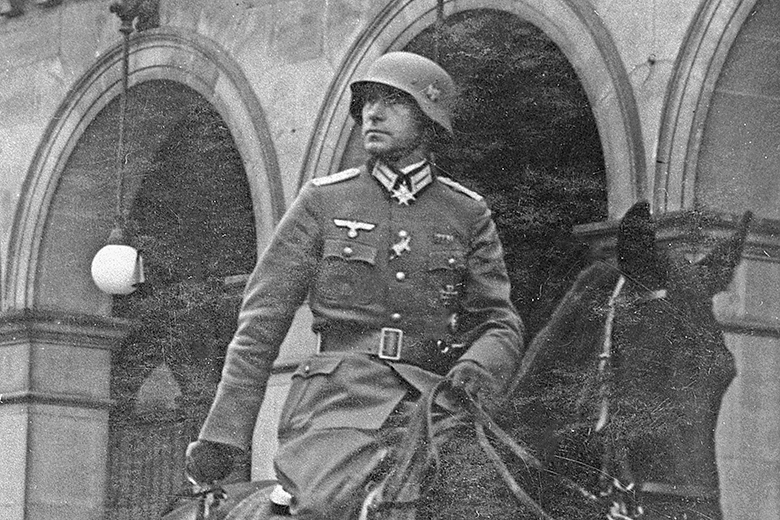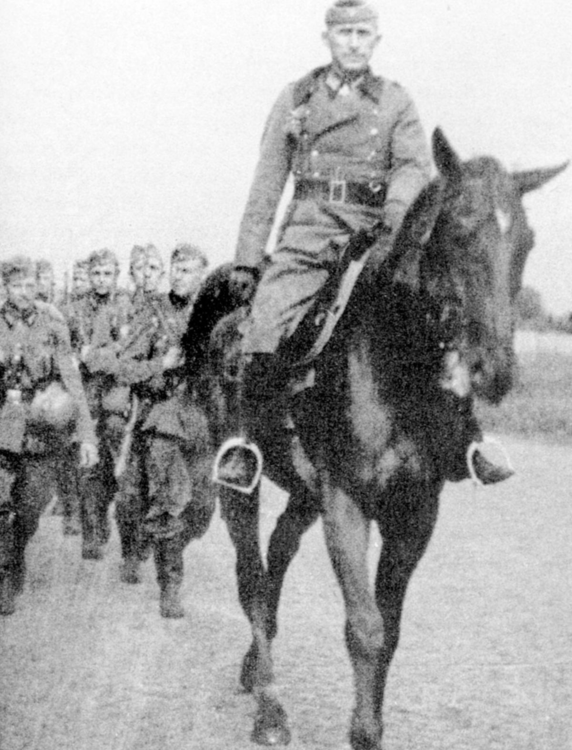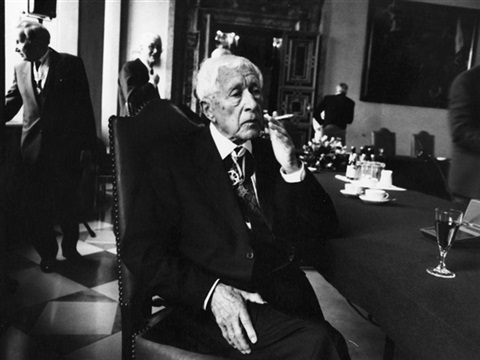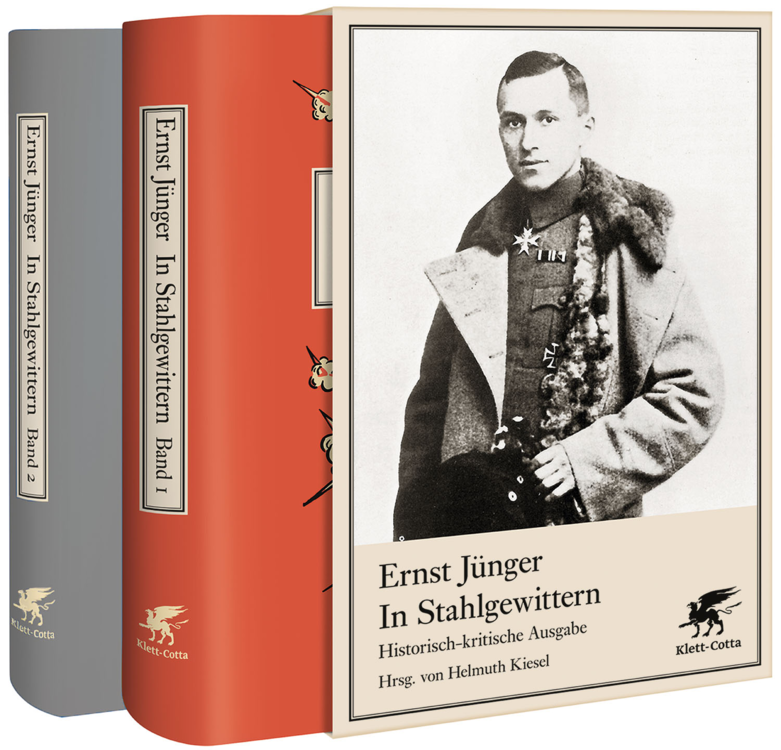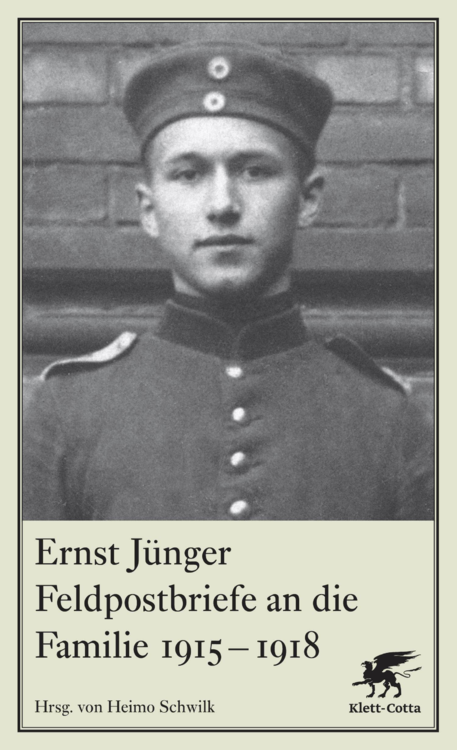Leaderboard
Popular Content
Showing content with the highest reputation since 31/03/19 in all areas
-
Here is my Deactivated WW1 Lewis Gun, this particular version was made for the Belgian Army, under contract from the Birmingham Small Arms Company (B.S.A.) in Birmingham, England. Although the Belgians did have a factory (Armes Automatiques Lewis Company at Liege) they did not make very many as most of Belgium was overrun by the Germans. The British could make 6 Lewis guns for the time and cost of making a single Vickers Machine gun. B.S.A. produced a total of 145,397 Lewis guns during World War I. The sling is a modern reproduction as real slings are extremely hard to come by. Original slings had the padding made from asbestos, so this one has a synthetic padded area that simulates the look. This weapon weighed in at 28 pounds and a fully loaded 47-round magazine was 4 pounds. Still a relatively light weapon compared to the static mounted machine guns like the U.S. made vickers (M1915) which weighed 42 pounds for the gun and another 56 pounds for the tripod. Maxim Machine guns weighed about 75 pounds as well. The big advantage of this weapon was its portability, it could be operated by a single soldier, and keep up with the infantry advances. These light machine guns were prized by the Germans who often would capture them and use them against the Allies.10 points
-
Here is a Bulgarian M36 Helmet, type C, which was the last version to be produced. Initially these helmets were made abroad, but machinery was moved to Bulgaria to allow for domestic production. The type C was introduced in 1939 and is the most numerous of the various models. The helmet is somewhat similar to the German helmets, but smaller, lighter, and a shorter brim. This particular helmet at a size 54, with the original liner, but missing the chinstrap. I found this at a local estate sale, and it was a cheap pickup.8 points
-
Here is my latest find, a VB Launcher for the US M1917 Enfield rifle. This is the twist on type, with a metal spring band to hold the sight and muzzle firmly while in operation. Un-Dug examples are very hard to find. Near the muzzle of the launcher you can see a knurled band, this was so that soldiers could feel the difference at night or in dark conditions. This version and the version for the M1903 Springfield are virtually identical, the M1903 does not have the knurled band however.8 points
-
Picture is a two-piece officer''s visor cover for junior grade from my collection of Kriegsmarine antiques. The cap has a hand-embroidered gilt wire national emblem and, cockade, as well as gold wire piping. This cap belonged to Werner Wendt (1916-1988), Captain of U-765. The U-765 was sunk in the North Atlantic on 6 May 1944 by depth charges on its first war parol. Werner and 10 crewmen survived, 37 dead. Pictured below is the underside view of the visor cap. Pictured below is the two-piece visor cover disassembled. In this configuration, a white or blue cap-covers could be worn. Because I do not like to take this cover apart, I used a photo taken years ago.7 points
-
Over 4000 views in such a short time, I think this post deserves to be pinned7 points
-
John, you have an amazing collection, really have enjoyed you sharing your items with us.7 points
-
From my collection are pictures of my Sold-Libellen KM-2 sextant with its original metal storage box. This sextant was manufactured for the Kriegsmarine by C.Plath. The SOLD KM-2 was developed for navigational use aboard U-boats and S-boats at night and/or in poor weather conditions when horizon not visible. For an in-depth review of this type of sextant, visit the link https://sextantbook.com/2013/11/04/the-sold-km2-bubble-sextant/. A view of KM-2 stored in its metal metal box. Note several accessories from the storage box are missing, but the original inventory label is present on inside of one of the two lids (not pictured). Top of metal storage box with access secured with side latches. The handle sides of KM-2 Sextant were the identification plate was once mounted but removed. View of the dial side of KM-2 sextant. The plate on dial is marked J.B., indiscernible mark, Geprütt Deutsche Seewarte (German Naval Observatory). Another view of dial side of KM-2 sextant. Topside view KM-2 sexton.7 points
-
7 points
-
7 points
-
7 points
-
7 points
-
7 points
-
7 points
-
Hi John333, It took me a long time to find a DECENT Ostfront medal. My advice would be to go for the shown medal if the price is reasonable to you as it is quite a nice example. Especially as it has a makers mark on the suspension ring. You can always keep looking for a better conditioned one and upgrade at a later date. So, if you don't have one yet, go for this one with an eye to upgrade at some point in the future. REALLY GOOD examples of this badge do not come up very often, and when they do they are snapped up quickly!7 points
-
7 points
-
Fritz: The answer to your question "I assume the buttons on the leather crew jacket are probably of gilded glass? " is "No." All the buttons on the black leather jacket in my collection are of two-piece metal construction with a fouled anchor gilt front and the backs are marked BESONDERS HALTBAR 'Particularly Durable' with makers symbol. A black leather jacket like mine with gilt fouled anchor buttons can be seen below on page 263 of Volume 2, Die Kriegsmarine Uniforms and Traditions by John R. Angolia and Adolf Schlicht. Pictured below is the back of a two-piece metal fouled anchor button on my black leather jacket. Note that various manufactured produced buttons that were used in making black leather jackets for the Kriegsmarine. Along with my black leather jacket having metal gilt buttons pictured below, note that this jacket has the Kriegsmarine ordnance mark (Eagle over M) between two fouled anchor buttons. The Kriegsmarine proof mark like the one on my jacket is pictured below on page 265 of Volume 2, Die Kriegsmarine Uniforms and Traditions by John R. Angolia and Adolf Schlicht. The collar of the neck was closed up by a metal clasp like the one below on my jacket. Note the front corner of the low standing collar are rounded and the button holes are reenforced with a narrow leather trim. Pictured is the interior of my jacket, which is lined with wool. Also I have enclosed a picture of the back of this jacket. For further information I havedenclosed page 288 of Deutche Kriegsmarine Uniforms, Insignia and Equipment of the German Navy 1933-1945 by Eduardo Delgado.7 points
-
Hi Eddie, I'm afraid the serial number is just a batch number so would not identify the U boat. Sometimes you will find the letter N which would identify them as belonging to the German Navy North Sea Fleet. Sorry can't help much more. Here is a list of the makers codes but no list of serial numbers as far as I'm aware. b e h ERNST LEITZ. WETZLAR GERMANY b e k HENSOLDT WERK FUR OPTIK UND MECHANIK HERBORN GERMANY b l c CARL ZEISS, MILITARABTEILUNG JENA JENA GERMANY b m h JIRASEK (not in Walter) PRAGUE CZECH b m j M. HENSOLDT & SOHNE, A.G. WETZLAR GERMANY b m t C. A. STEINHEIL SOHNE, GmbH MUNICH GERMANY b p d C. P. GOERZ, GmbH VIENNA AUSTRIA b v f C. REICHERT VIENNA AUSTRIA b y g JOH. WYKSEN, K.G. KATTOWITZ POLAND b z z I.G.-FARBENINDUSTRIE, CAMERAWERK MUNICH GERMANY c a d KARL KAHLES (telescopic sights) VIENNA AUSTRIA c a g D. SWAROVSKI WATTENS/TIROL AUSTRIA c a u KODAK AKTIENGESELLSCHAFT, DR. NAGEL WERK STUTTGART GERMANY c c x OPTISCHE UND FEINMECHANISCHE WERKE, HUGO MEYER & CO. GOERLITZ GERMANY c l b DR. F. A. WOHLER KASSEL GERMANY c l n ED. SPRENGER BERLIN GERMANY c r h FRANZ SCHMIDT & HAENSCH BERLIN GERMANY c r n HANSEATISCHE WERKSTATTEN FUR FEINMECHANIK UND OPTIK, FRIEDRICHS & Co. HAMBURG GERMANY c r o R. FUESS, formerly J. G. GREINER & GEISSLER BERLIN GERMANY c x n EMIL BUSCH, A.G. RATHENOW GERMANY d d v OCULUS (optometrist equipment, possibly gunsights) BERLIN GERMANY d d x VOIGTLAENDER & SOHN, A.G. BRAUNSCHWEIG GERMANY d k l JOSEF SCHNEIDER KREUZNACH GERMANY d o q DEUTSCHE SPIEGELGLAS A.G. (telescopes, lenses) LEINE GERMANY d o w WAFFENWERKE BRUNN A.G. (1943-OPTICOTECHNA GmbH) PRERAU CZECH. d p g ADOX KAMERAWERK GmbH (cameras) WIESBADEN GERMANY d p v ZEISS IKON A.G. DRESDEN GERMANY d p w ZEISS IKON A.G. GOERZWERK BERLIN GERMANY d p x ZEISS IKON A.G., CONTESSAWERK STUTTGART GERMANY d y m RUNGE & KAULFUSS RATHENOW GERMANY d y s HEINRICH ZEISS, UNIONZEISS K.G. ('apparently optical' BERLIN GERMANY d z l OPTISCHE ANSTALT OIGEE GmbH BERLIN GERMANY e a f MECHANOPTIK GESELLSCHAFT FUR PRAZISIONSTECHNIK, AUDE & REIPERT BABELSBERG GERMANY e a w R. WINKEL GmbH GOETTINGEN GERMANY e e d KURBI & NIGGELOH (photographic equipment) RADEVORMWALD GERMANY e s o G. RODENSTOCK MUNICH GERMANY e s u STEINHEIL SOHNE GmbH (telescopes & optics) MUNICH GERMANY e u g OPTISCHE PRAZISIONS WERKE GmbH WARSAW POLAND f c o SENDLINGER OPTISCHE GLASWERKE GmbH BERLIN GERMANY f j t PHOTOGRAMMETRIE GmbH (aerial recon. cameras) MUNICH GERMANY f l n FRANZ RAPSCH A.G. (sights, often subcontractor to Busch) RATHENOW GERMANY f v s SPINDLER & HOYER K.G. GOTTINGEN GERMANY f v x BECK & SOHNE KASSEL GERMANY f w r OPTISCHE ANSTALT SAALFELD GmbH SAALFELD GERMANY f x p HANS KOLLMORGEN GmbH BERLIN GERMANY g a g F. MOLLENKOPF STUTTGART GERMANY g k p RUF & Co., formerly CARL SCHUTZ KASSEL GERMANY g u g UNGARNISCHE OPTISCHE WERKE A.G. BUDAPEST HUNGARY g u j WERNER D. KUEHN BERLIN GERMANY g w v ERNST PLANK NURNBERG GERMANY g x l FRANKE & HEIDECKE (photographic equipment) BRAUNSCHWEIG GERMANY g x p HOMRICH & SOHN (photographic equipment) h d v OPTISCHE WERK OSTERODE GmbH OSTERODE GERMANY h f o VALENTIN LINHOF OHG (photographic equipment) MUNICH GERMANY h k m CARL BRAUN KG NURNBERG GERMANY h n a KORELLE WERKE, G.H. BRANDTMANN & Co. (photographic) DRESDEN GERMANY h r w HOH & HAHNE (photographic reproduction equipment) LEIPZIG GERMANY h w t IHAGEE KAMERAWERK, STEENBERGEN & Co. (cameras) DRESDEN GERMANY h x h A. KRUSS HAMBURG GERMANY j f n TETENAL PHOTOWERK, Dr. TRIEPEL, K.G. (photographic equipment) BERLIN GERMANY j f p DR. CARL LEISS BERLIN GERMANY j n h F. TUTEMANN (lens holders & optical equipment) LUDENSCHEID GERMANY j o n VOIGTLANDER-GEVAERT (cameras) BERLIN GERMANY j u x NEDINSCO, NEDERLANDSCHE INSTRUMENTEN, (vehicle & aircraft instruments?) VENLO NETHERLANDS j v e ERNST LUDWIG WEIXDORF GERMANY j x n HELMUT KORTH BERLIN GERMANY k h c OTTO HIMMLER (microscopes, optical equipment) BERLIN GERMANY k l n ERNST & WILHELM BERTRAM (photographic equipment) MUNICH GERMANY k n a DER ROBOT, BERNING & Co., K.G. (photographic equipment) DUSSELDORF GERMANY k q c JOS. SCHNEIDER & Co., K.G. GOETTINGEN GERMANY k r q EMIL BUSCH A.G. (assembled from foreign components) RATHENOW GERMANY k w c GAMMA FEINMECHANISCHE & OPTISCHE WERKE BUDAPEST HUNGARY k x v A. JACKENROLL GmbH BERLIN GERMANY l a e HEINRICH ZEISS, UNION ZEISS K.G. GOSTINGEN l f n REFLEKTA-KAMERAFABRIK, C. RICHTER (cameras) THARANDT GERMANY l m q CARL ZEISS (assembled from foreign components) JENA GERMANY l w g OPTISCHE WERKE OSTERODE GmbH (assembled from foreign components) OSTERODE GERMANY l w w HUET ET CIE PARIS FRANCE l w x OPTIQUE ET PRECISION DE LEVALLOIS, PARIS LEVALLOIS-PERRET FRANCE l w y SOCIETE OPTIQUE ET MECANIQUE DE HAUTE PRECISION PARIS FRANCE m b v I.G. FARBENINDUSTRIE, A.G.; AGFA (cameras) BERLIN GERMANY m c a FOTOWERK, Dr. C. SCHLEUSSNER, GmbH (photographic equipment) FRANKFURT GERMANY m t q PHOTOCHEMISCHE FABRIK ROLAND RISSE GmbH (photographic equipment) FLORSHEIM GERMANY m t r VOIGTLANDER & SOHN, A.G. (cameras) BERLIN GERMANY m t u A. LORENZ (MTU also used for AEG electrical equipment) GUTENFELD m t v A. LORENZ DRESDEN GERMANY n m s RICHARD HOLZ BERLIN GERMANY n x t S.A.I. OTTICO MECCANICA E RILEVAMENTI AEROFOTOGRAMMETRICI (stereoscopic aerial photography equipment) ROME ITALY o c p AKTOPHOT GmbH (photographic equipment) PRAG-SABECHTLITZ o c v W. KLAZAR (precision engineering; reportedly photographic equipment) PRAG o k c HAUFF A.G. (photographic equipment) STUTTGART GERMANY p v f C. REICHERT VIENNA AUSTRIA r l n CARL ZEISS JENA GERMANY A.G. = AKTIENGESELLSCHAFT; JOINT STOCK COMPANY GmbH = GESELLSCHAFT MIT BESCHRANKTER HAFTUNG; LIMITED COMPANY I.G. = INTERRESENGEMEINSCHAFT; UNION OF INTERESTS K.G. = KOMMANDITGESELLSCHAFT; LIMITED PARTNERSHIP OHG = OFFENE HANDELSGESELLSCHAFT; PRIVATE FIRM (literally, 'open trading company')7 points
-
Hello all Another new member seeking Historical WWII information. I recently inherited some German WWII memorabilia from a close family friend whose husband just passed away. They emigrated here to Canada in 1980. Their parents and relatives were part of the war effort in Germany during WWII. Her father was in the Luftwaffe and his items are displayed en mass in one photo. Her uncle was in the 5th SS Wiking division and his items are in the second and third photo's. I will be receiving more information and possibly photos when she receives them from her mother who is still alive in Germany. I am not an expert on these types of items however I do have a keen interest in WWII Hx. Any info or referencing to other sources would be hugely appreciated. I am looking to preserve these items in frame along with my families war memorabilia from that era. Thanking you all in advance.7 points
-
7 points
-
7 points
-
7 points
-
7 points
-
7 points
-
7 points
-
7 points
-
7 points
-
Pictured from my collection of Kriegsmarine antiques is a 7x50 power binoculars manufactured by Ernest Leitz (beh). Binoculars have original protective lens cover, as well as a ranging reticle in right ocular. Binoculars like these are pictured on page 232 in Volume 3 of Die Kriegsmarine Uniforms & Traditions by John R. Angolia and Adolf Schlicht.6 points
-
6 points
-
Back a few years ago 2018, I had a very long post on the now gone forum SRF (Surfpusrifleforum.org) about military surplus K98K rifles commonly found on the us market. In the 2000s there was a flood of surplus Mausers. I wrote a post describing the attributes of each specimen with many research links, examples, and mostly details from the rifles I own. None of these are deactivated. I will up date the 14 pages and post the new update information here. Most important, I am in the process of updating all the reference links so they function and can be view a number of ways depending on the age of the reader's computer. Some references are gone, but I saved most to the Wayback Machine Archive. I am providing fresh links. While saved on the archive, I have removed all links to the outdated version. And most important I would like to thank all on this forum for the help they offered.6 points
-
6 points
-
Just picket up a document lot to the same chap. Born 1895 Started WW1 in IR35, Bavarian Fusiliers, and then became a member of Sturm Battalion 4 , which along with the 5th were the first original elite stormtroopers (I’m led to believe)……..was at the Somme, Cambrai and Verdun! Joined a horse squadron in WW2; then joined the Organisation Todd/ Legion Speer. He was a Sonderfuhrer who received the ‘ Fuhrers thanks’ which transpired to be a basket of fruit! Let me know if you want to see more of the entries, all the books are profusely stamped.6 points
-
Hardly understandable that Germany exported such modern bayonets, as there was later an accute shortage of bayonets after the war broke out in 1914, hence the use of Ersatzbajonette.6 points
-
It's quite a long time ago but (probably) the most interesting SS cuff title I ever owned came from yourself, Kenny, an issued and nicely worn condition embroidered RZM pattern "Frw. Legion Norwegen" title. I had popped into your shop on a rare visit to Glasgow and you had it up for sale along with a similar embroidered Frw Legion Niederlande title, it was also used condition but still stitched together in a loop, right off the sleeve. Both were totally original titles - wish I could have bought them both but could only afford one at the time. Really rare things in collecting terms.6 points
-
6 points
-
Here’s my Luger - 1915 DWM manufactured - all matching numbers complete with hard leather case dated 1916 and two WW1 issue magazines. The Luger has an interesting story behind it which I am researching at the minute and will comment further on when I’ve verified the facts. However, as it stands, it’s a lovely Luger, in great condition, which may or may not be related directly to Passchendaele.6 points
-
Good evening and thanks for all the work you put in here. I was looking at the piece below and was wondering if you had any thoughts. Not enough info for me to make a decision unfortunately so wondering if there is anything you could add here. It is maker marked however. I was mostly concerned with how fresh the paint appeared initially.6 points
-
72 usms: I am not familiar with US submarines and surface ship militaria. My research/collecting is Kriegsmarine/U-Boat service during World War II. I know of no modern day books that address your question for either the United States of America and/or Germany navies during W.W.I/W.W.II., "Any books that show tools and tool chests of WW I or WWII subs?" What I know of tools in my area of interest comes from research . It is my experience that finding hand tools, as well as documentation, is not common. I only own the three tools I posted today, plus a wrench not shown. I would recommend asking this question to the Forum by starting a new category/thread. Sorry I am not of any help. Best regards, John R.6 points
-
Pictured from my collection of Kriegsmarine antiques are fine examples of tailored double-breasted greatcoats for an officers(front left) and senior NCO. The officer greatcoat with braid shoulder boards with two gold pips for the rank of Kapitän sur See belonged to Hans Michahelles (1 899-1975). He was awarded the Knight's Cross of the the Iron Cross near the end of W.W.II in 1945 while serving as Commandant of Sea-Fortifications Gascogne and Fortress Commandant Giromdemundung-South.6 points
-
6 points
-
Munich · The "House of Bavarian History" is looking for memorabilia from the First World War that tell a personal story. These stories from the life of Bavarian citizens are to be the focus of the new Museum of Bavarian History, which will open in Regensburg in 2018 to mark the 100th birthday of the Free State. Like Simon Gammel's spiked helmet?! The front in Flanders was like a lunar landscape, ripped open by countless grenade hits and furrowed by trenches secured with barbed wire - this was the scenery in World War I in which the incredible story of Simon Gammel happened. The farmer's son Simon Gammel, born in 1892 in Gisseltshausen near Rottenburg an der Laaber in Lower Bavaria, did his military service in the Royal Bavarian 16th Infantry Regiment in Passau from 1913. A week after the German Reich declared war in August 1914, the Passau regiment marched to the western front. After battles in Lorraine, the young soldier experienced the horrors of war in trench warfare on the Somme. The front had been frozen for months and the soldiers had dug in. French barrage rained down on the Bavarian positions as Simon Gammel was hit in his dugout. A piece of shrapnel shredded the leather of his spiked helmet, penetrated his skull, only to exit the back of his head and penetrated the helmet a second time. The shelter collapsed on Simon Gammel, burying him under dirt and wood. One of the support beams pressed against his back with a tremendous load, crushing his lungs. Things were not looking good for young Simon Gammel. "The bum's off!" yelled a comrade and the soldiers shoveled the dirt aside with folding spades in order to get to the buried man. They managed to free the seriously injured man and take him to the next dressing station. From there he was transferred to a hospital. Miraculously, the splinter did not cause any permanent damage, although Simon Gammel remained severely traumatized after the external healing. After his recovery, he was employed as an instructor and later posted back to the western front. After several weeks of positional fighting on the Aisne, Simon Gammel was taken to the Ahrweiler hospital on the Rhine with alleged flu symptoms. It was only there that a doctor realized that the persistent tremors were not due to chills but to war trauma. Gammel was then released to his homeland in Lower Bavaria. He married his fiancé and the couple had two children. Simon Gammel was a member of the municipal council and active in many clubs, but he could not forget his wartime experiences. When the veterans' association organized a trip to the former battlefields on the western front, Simon Gammel refused to take part, saying: "I've been there and I didn't like it at all." Simon Gammel died in 1977 at the age of 84. His granddaughter Christa Rott, who provided the information about her grandfather, and local researcher Franz Moises not only keep an interesting object with the Pickelhaube, but also keep a piece of Bavarian history alive for posterity with the stories about Simon Gammel's fate. Did your ancestors bring back WWI memorabilia that tell a personal story? Then please contact: House of Bavarian History, keyword Museum, Zeuggasse 7, 86150 Augsburg, Tel. 08 21/32 95 130, email museum@hdbg.bayern.de. Source: Munich Weekly Gazette6 points
-
I think it looks ok, blade might have been re-blued as it does not match the wear on the rest of the bayonet. Mundlos marked these bayonets in this manner until 1941, afterwards they used the letter code "ab" until 1944. Early dated types are more common, the 1944 dated bayonets are much harder to find from this maker.6 points
-
6 points
-
Yes it still has the map inside and it’s just the front cover that is faded. I don’t really want to sell it though I have no idea what it is worth to be honest6 points
-
Fritz, Thank you again for your knowledge. The ribbon in the background wasn't placed over the 39' cross intentionally, I was sorting through many of my crosses. You say that ribbon + bar is worn with 1914 cross or 1870? I'm in the process of sorting through my father's collection which was passed down to me. I want to make sure all documents, cases, bars ect. Are kept with the corresponding awards. He was more the expert and was teaching me but sadly past before we completed. Here are a few 1870 crosses I have as well. I enjoy the subject and very much appreciate the time you're taking in your responses.6 points
-
6 points
-
6 points
-
It is indeed 14-18, my Great Uncle was a Lewis gunner during WW1 and he used it to full effect, welcome to the forum6 points
-
6 points
-
6 points
-
The steel helmet worn by Ernst Jünger (Pour le Mérite) as he was wounded, 18 wounds! He received the Pour le Mérite and survived to become a famous author. He served in the Second World War as a Reserve Officer. His most famous work was "In Stahlgewittern", the account of his experiences in the Great War. The helmet is in the collections of the Marburger Literaturmuseum. Ernst Jünger died at the age of 102 in 1998 in Wilfingen. He also had served in the French Foreign Legion before World War I. During WW1 he served with Infanterie-Regiment 77. After the outbreak of war in 1939 he served on the Westwall, where he won the 1939 bar to the Iron Cross 2nd Class 1914 for saving a wounded soldier. After that he served on the staff of the Military Governor of France, Generaloberst von Stülpnagel till Summer of 1944, leaving the city after the Allies began their Operation Overlord, along with the evacuating German troops, and returned to Kirchhorst in Lower Saxony, where he was dismissed from the regular Wehrmacht. At the end of the war he commanded a Volkssturm unit, but ordered no resistance against the advancing allied troops. Ernst Jünger at the head of his company, the march to France, 1940 A portrait by Stefan Moses A postage stamp commemorating Ernst Jünger, 1998 A recent edition of his most famous work. The war diary of Ernst Jünger6 points







